Many consider the 1990s to be a Golden Age for supercars. Many poster cars have come precisely from this era. I myself have posters and scaled models of many of them. Lamborghini Diablo, Ferrari F50, Honda NSX, McLaren F1, Jaguar XJ220, and others some of the most well-known representatives of their time. There is another one, however. The Bugatti EB110 was the French take on a 1990s supercar and, despite being relatively forgotten by some, it was an awesome car. Here’s everything you need to know about it.
2021 Bugatti EB110 - A Great Car That Didn't Get The Credit It Deserved
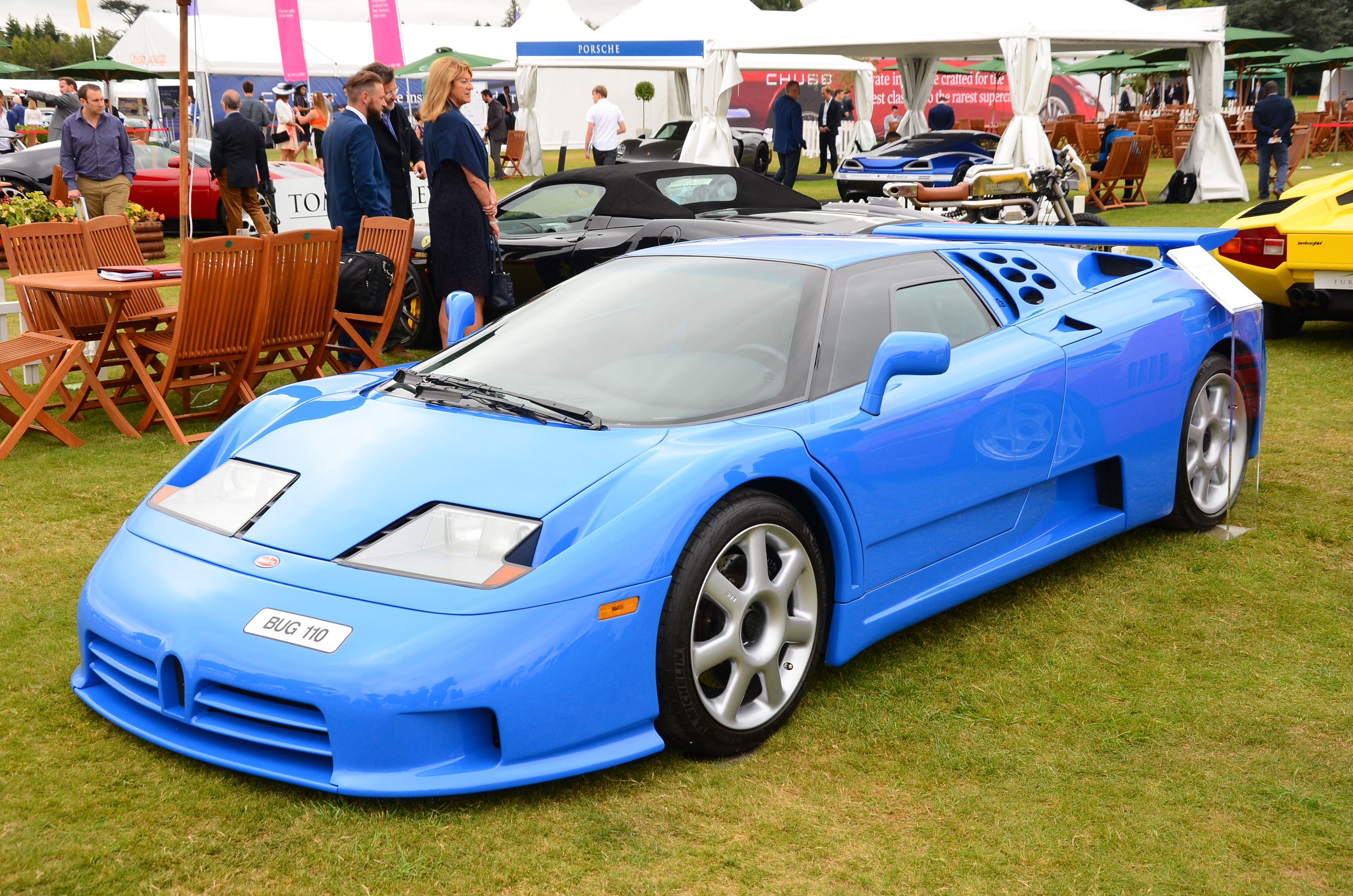

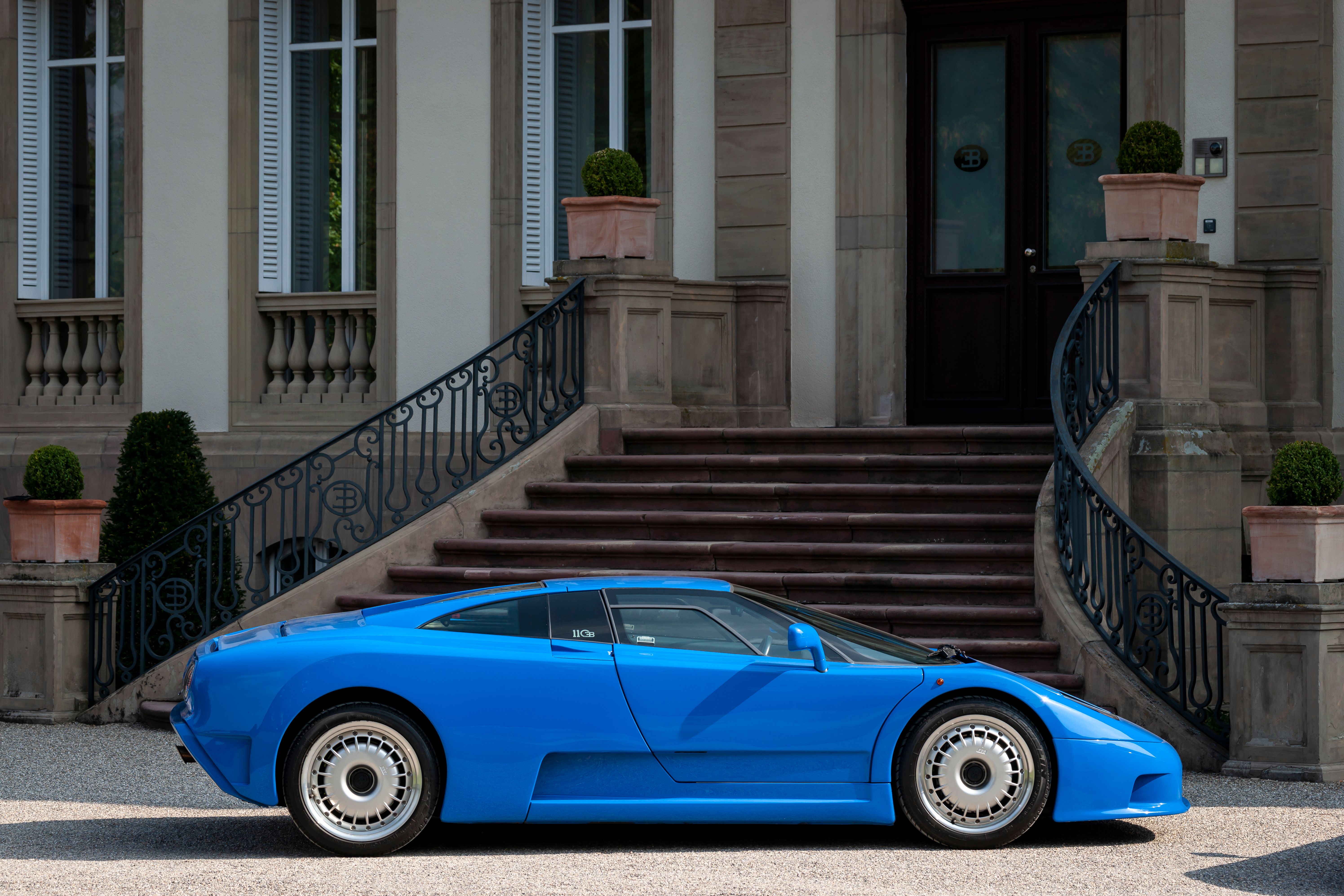
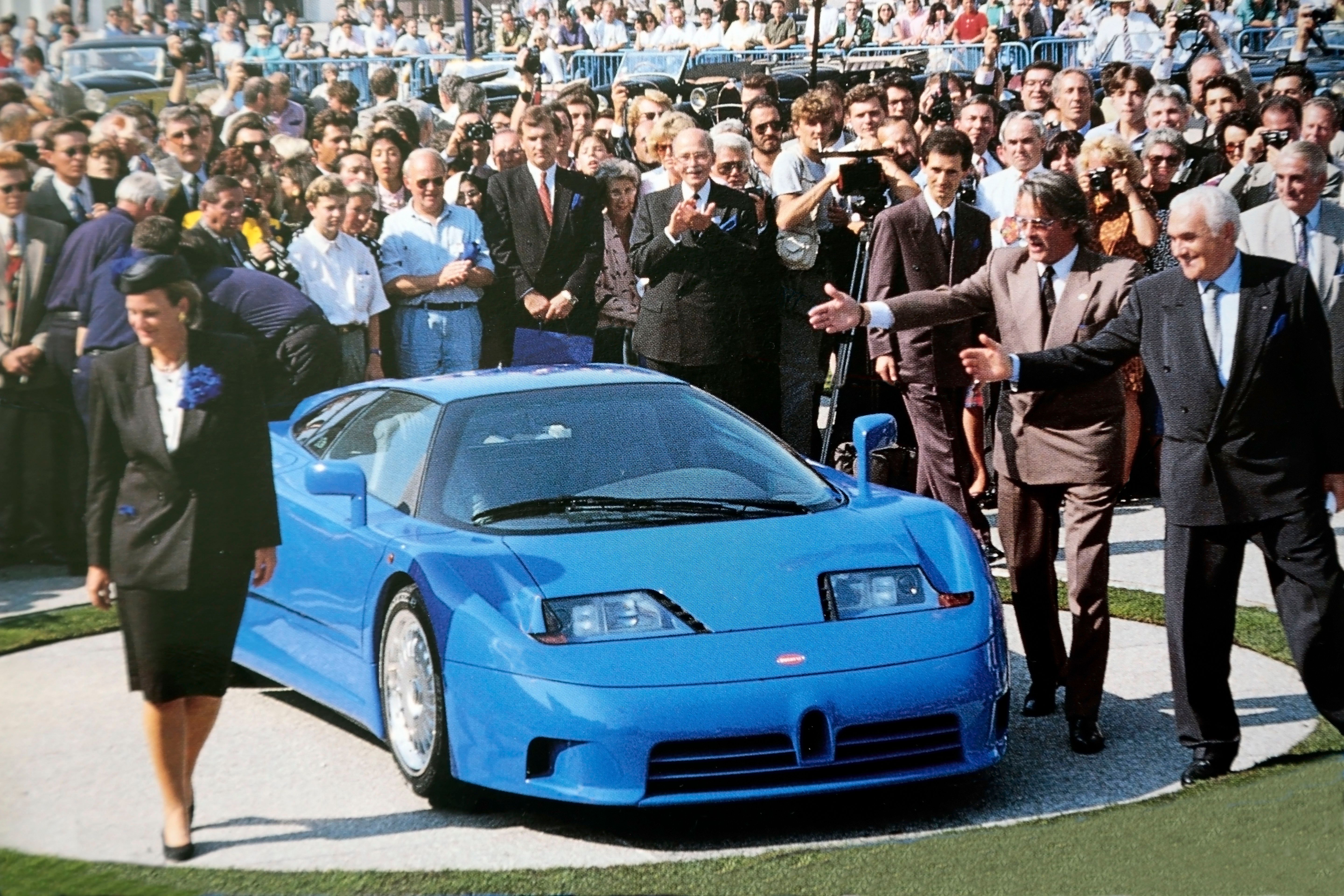
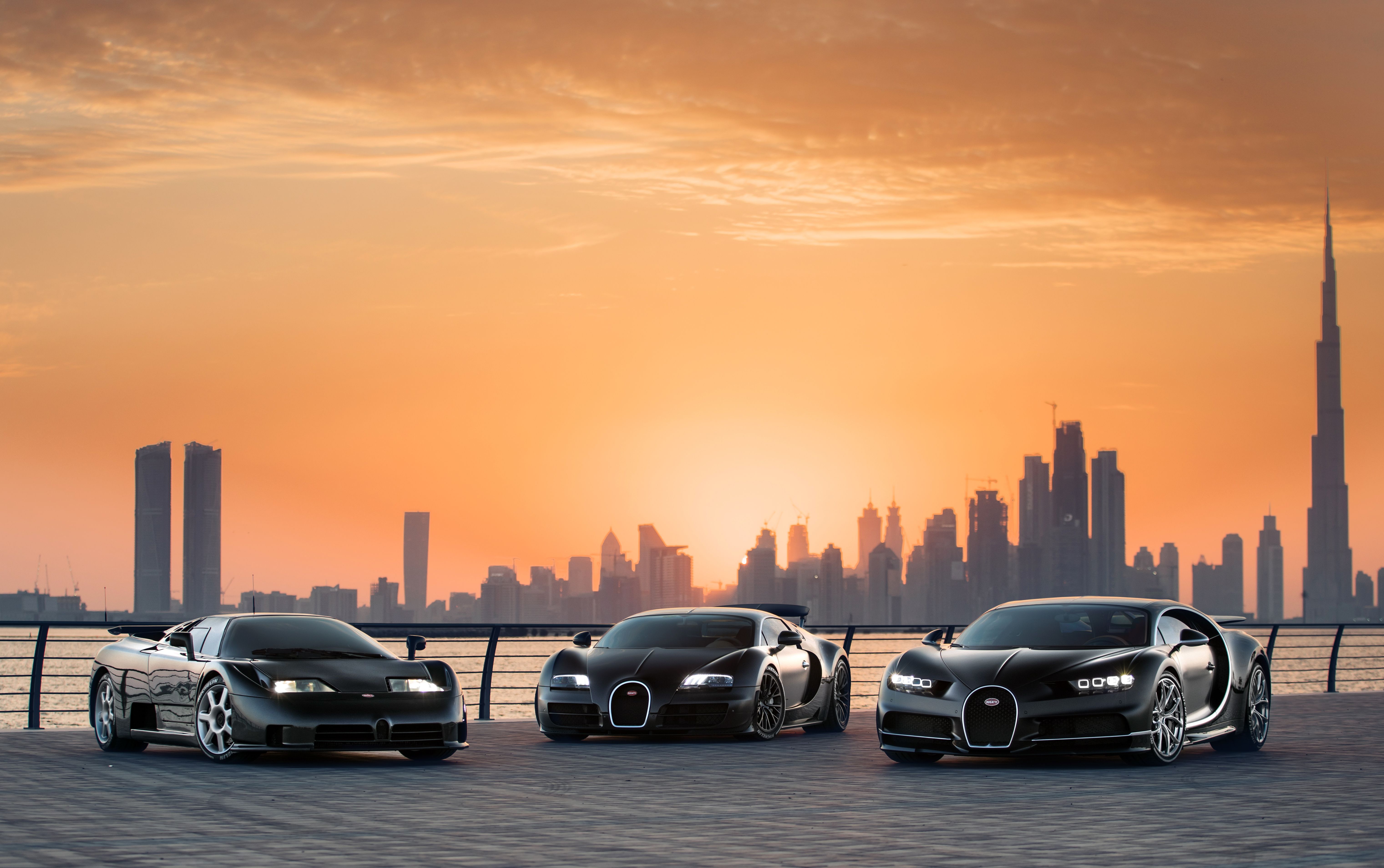
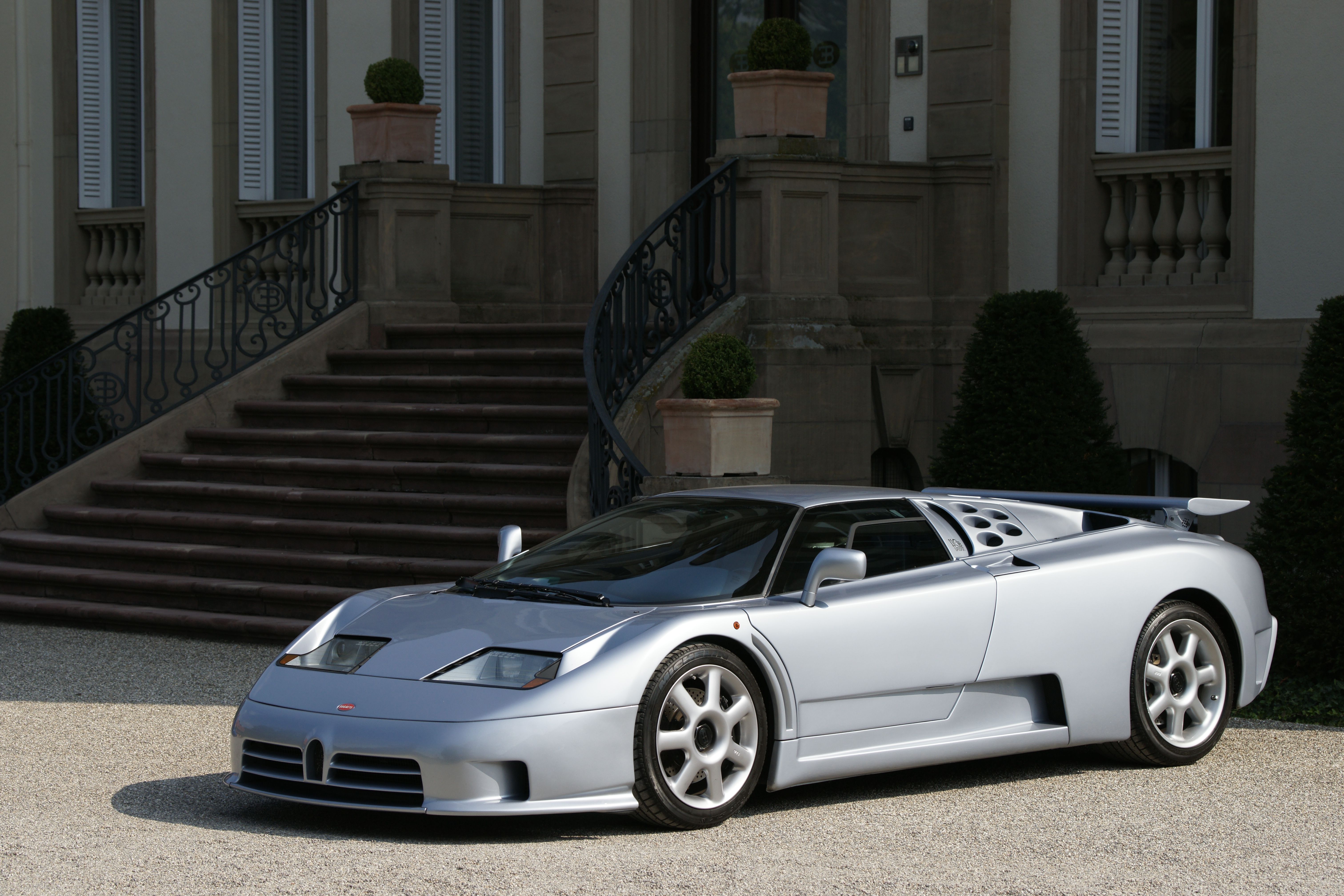
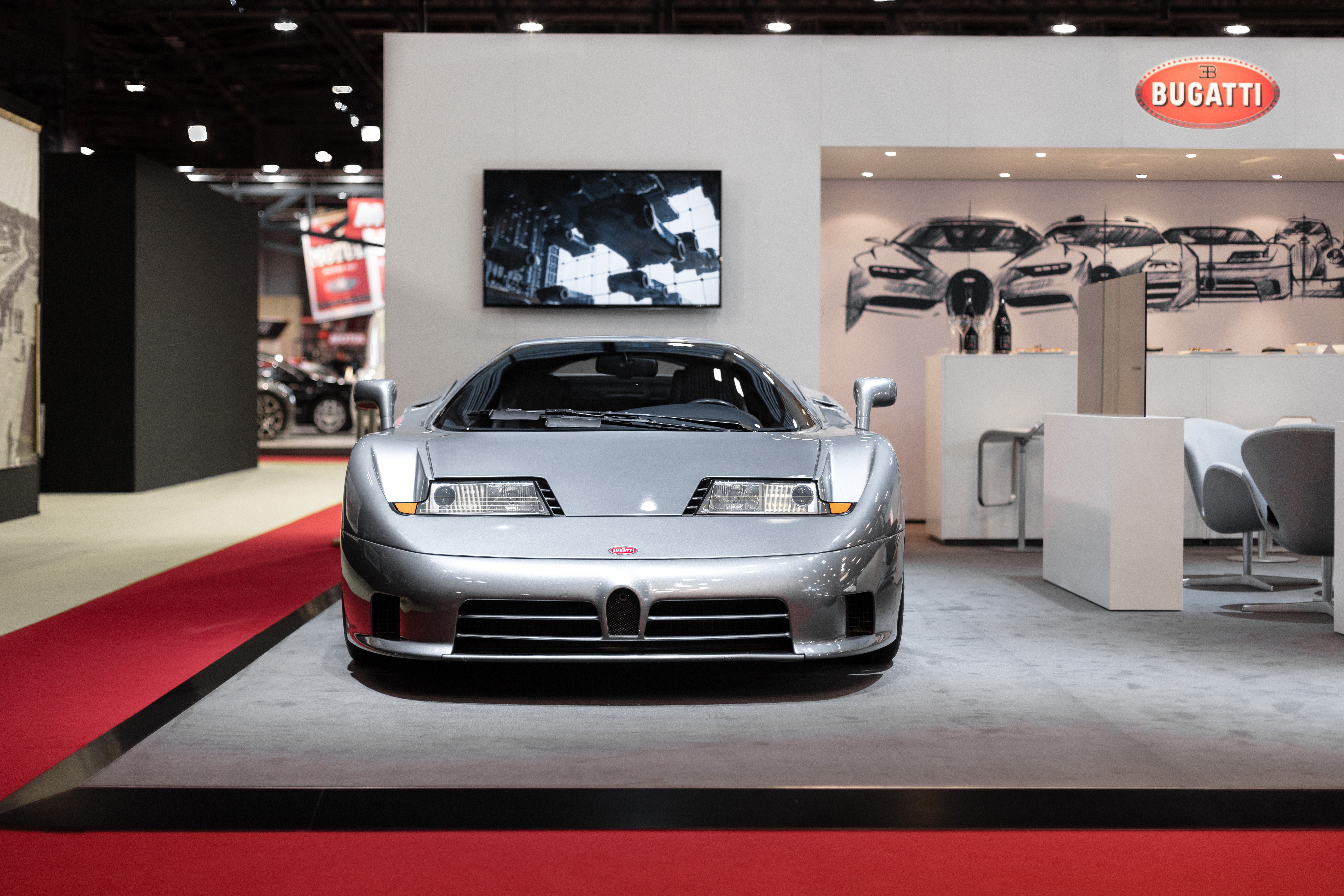
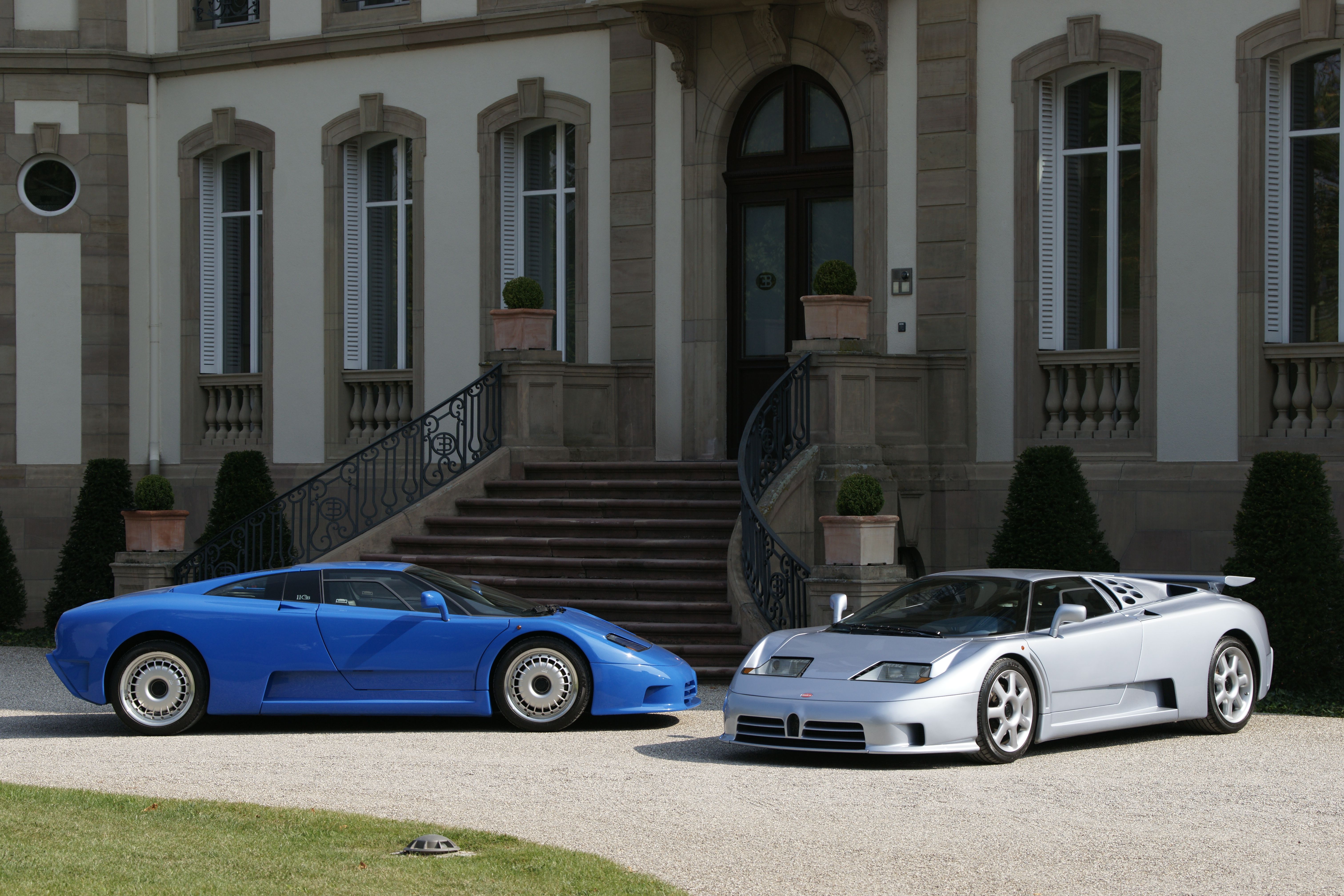
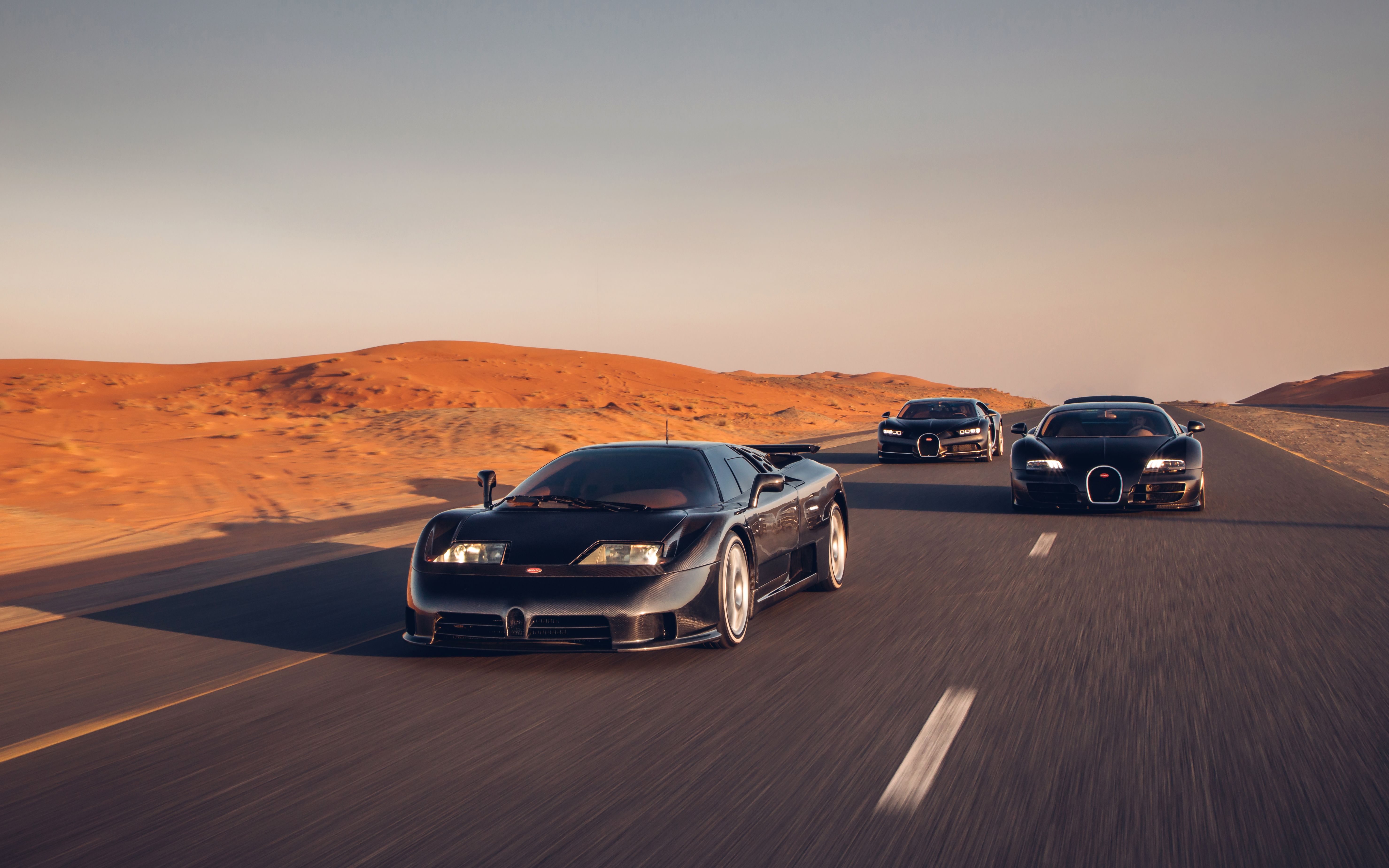
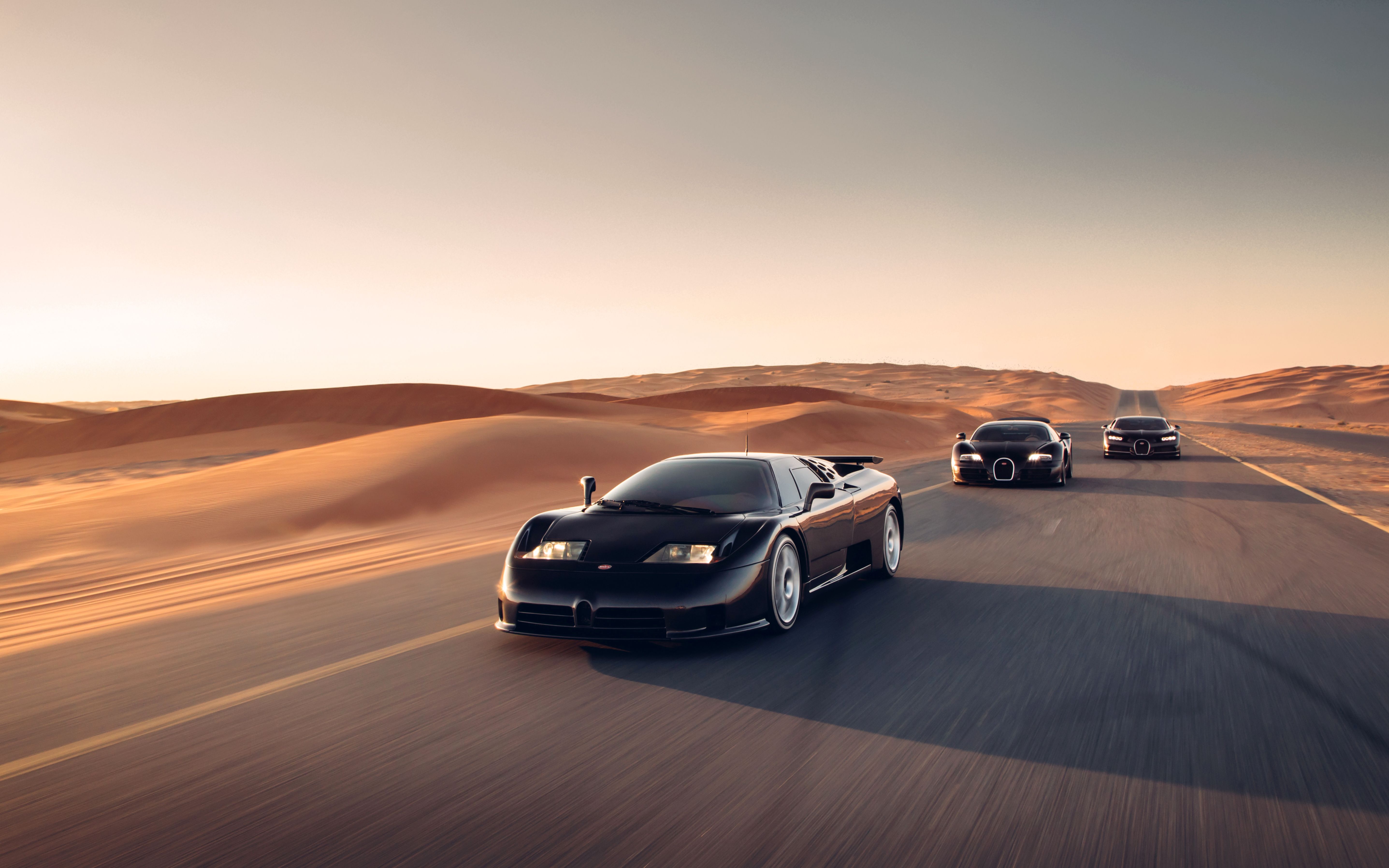
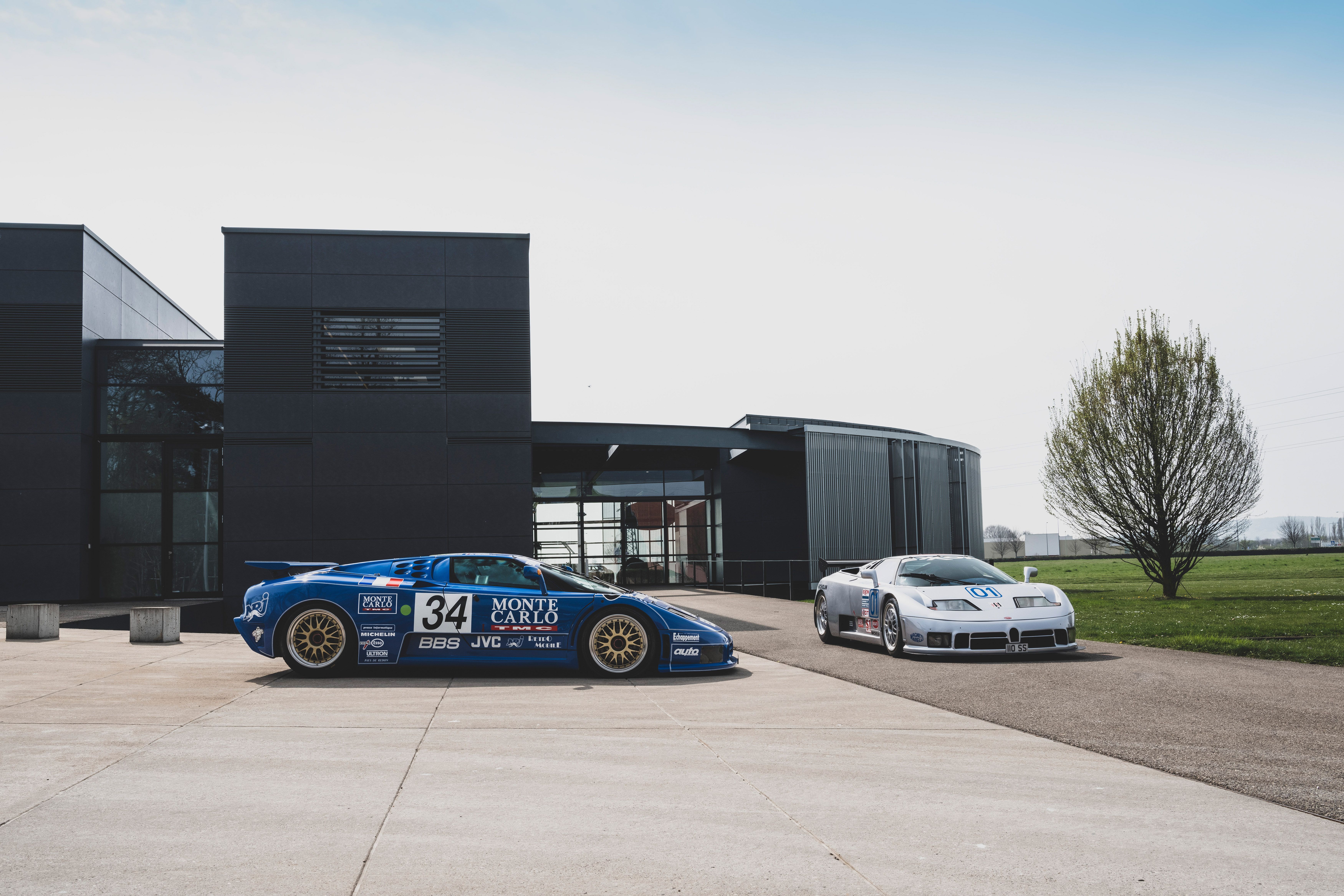
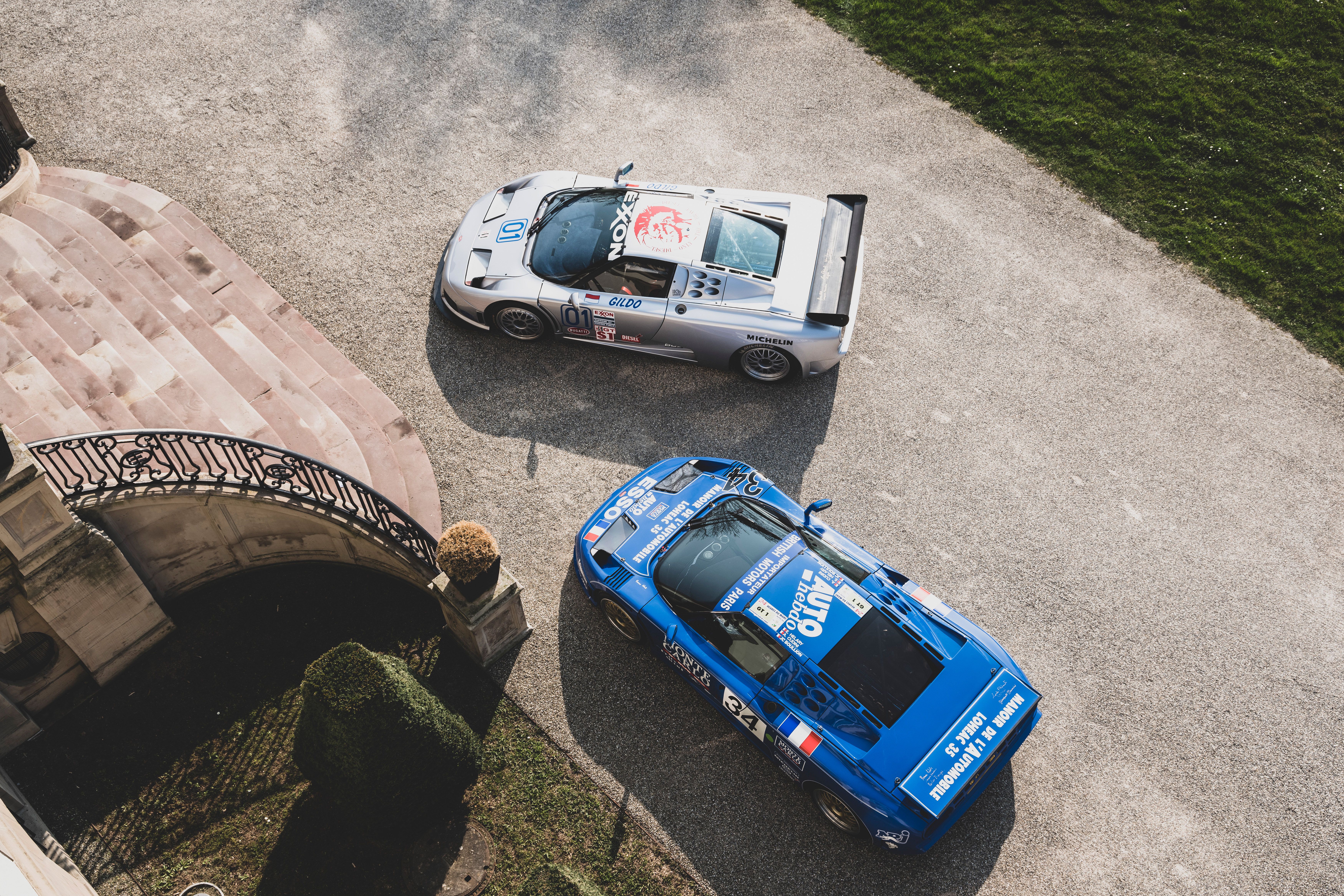
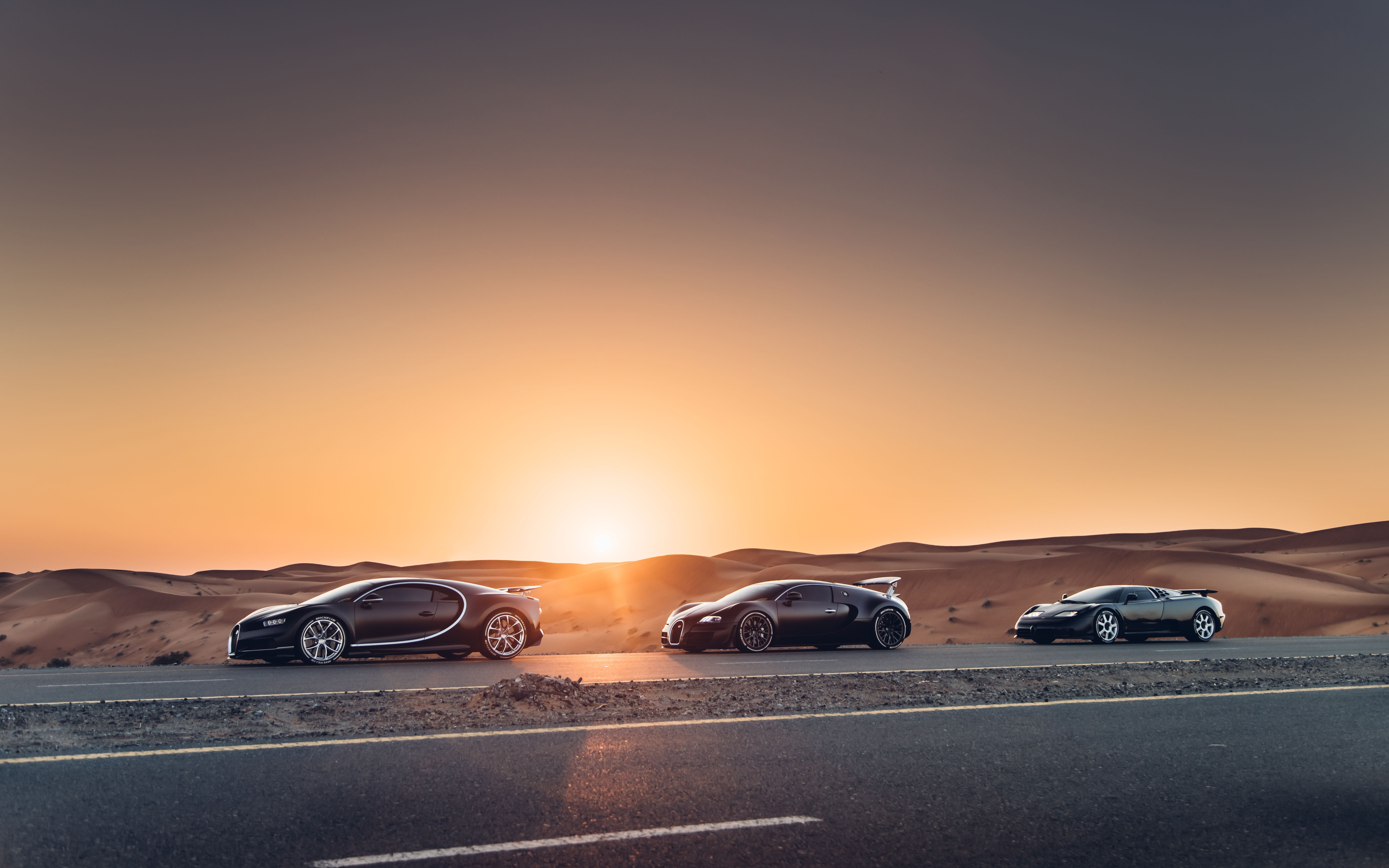
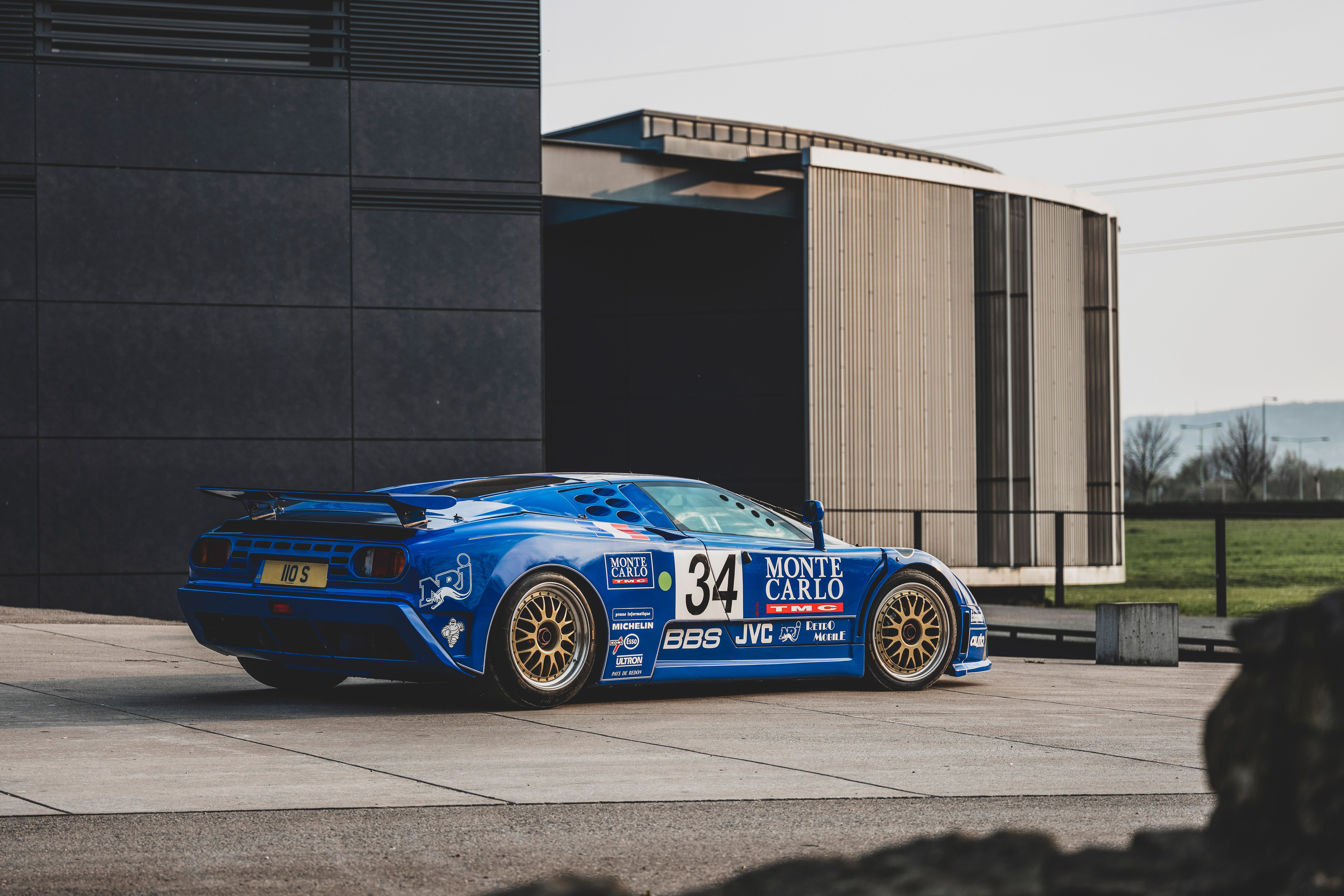
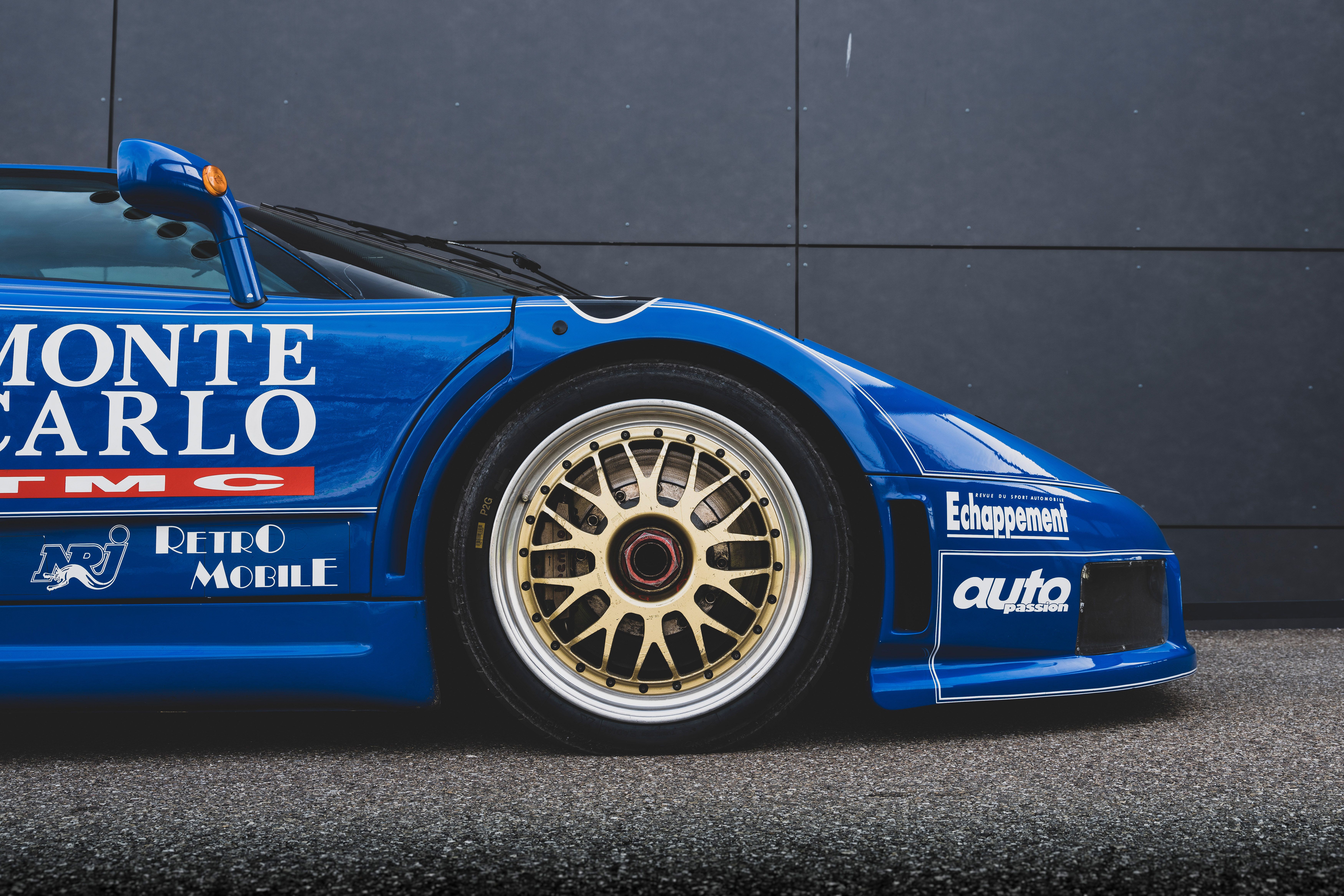
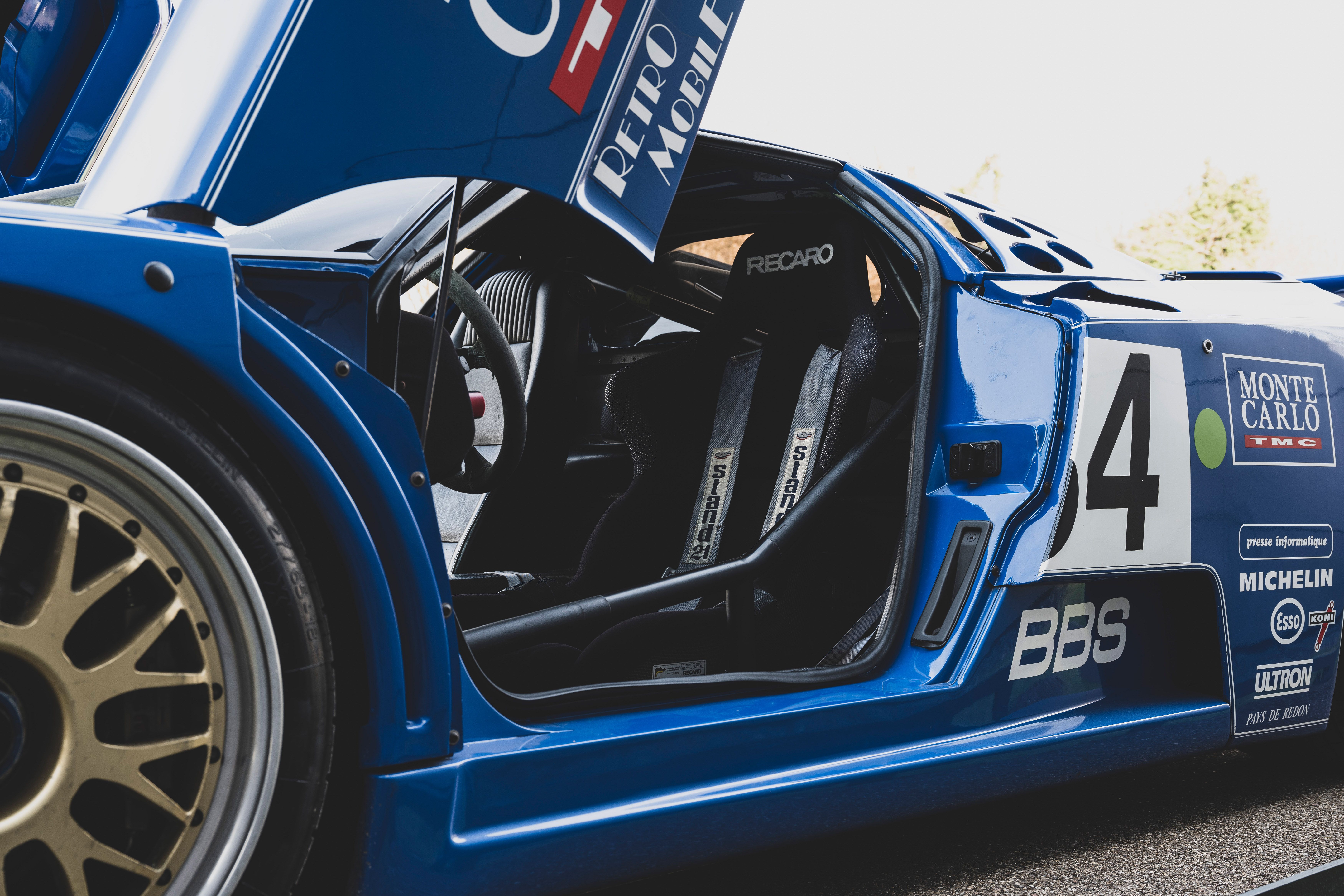
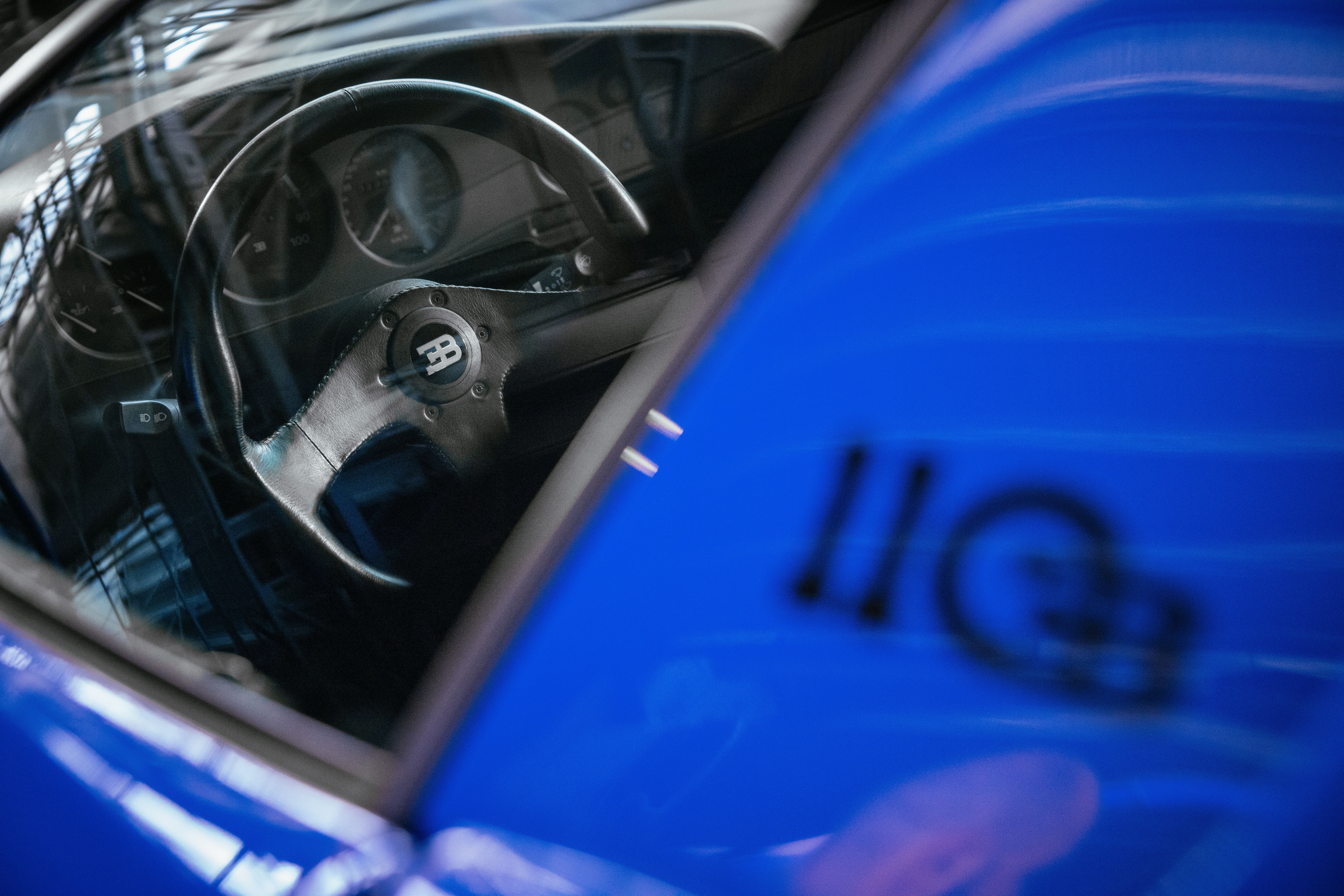
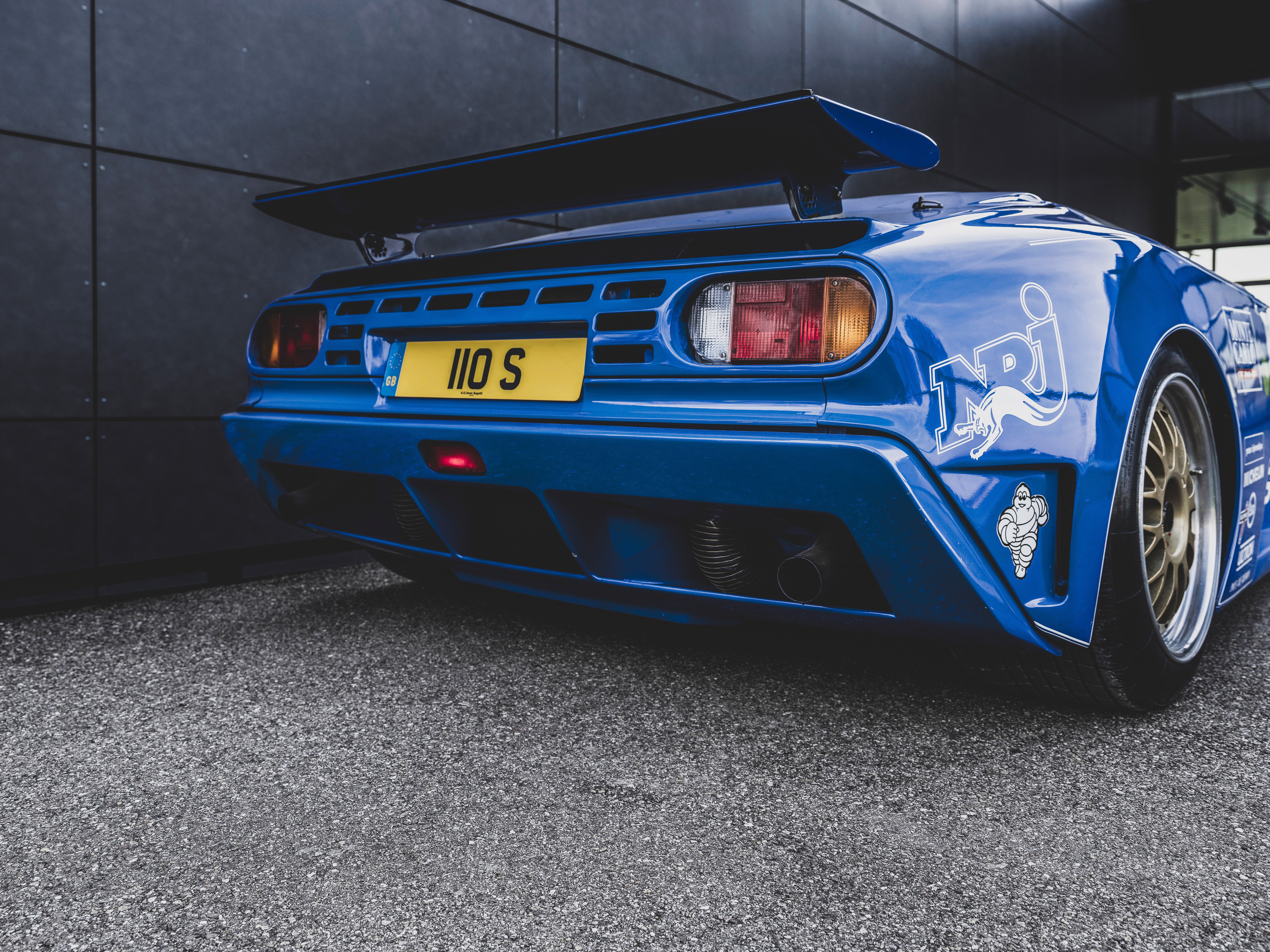
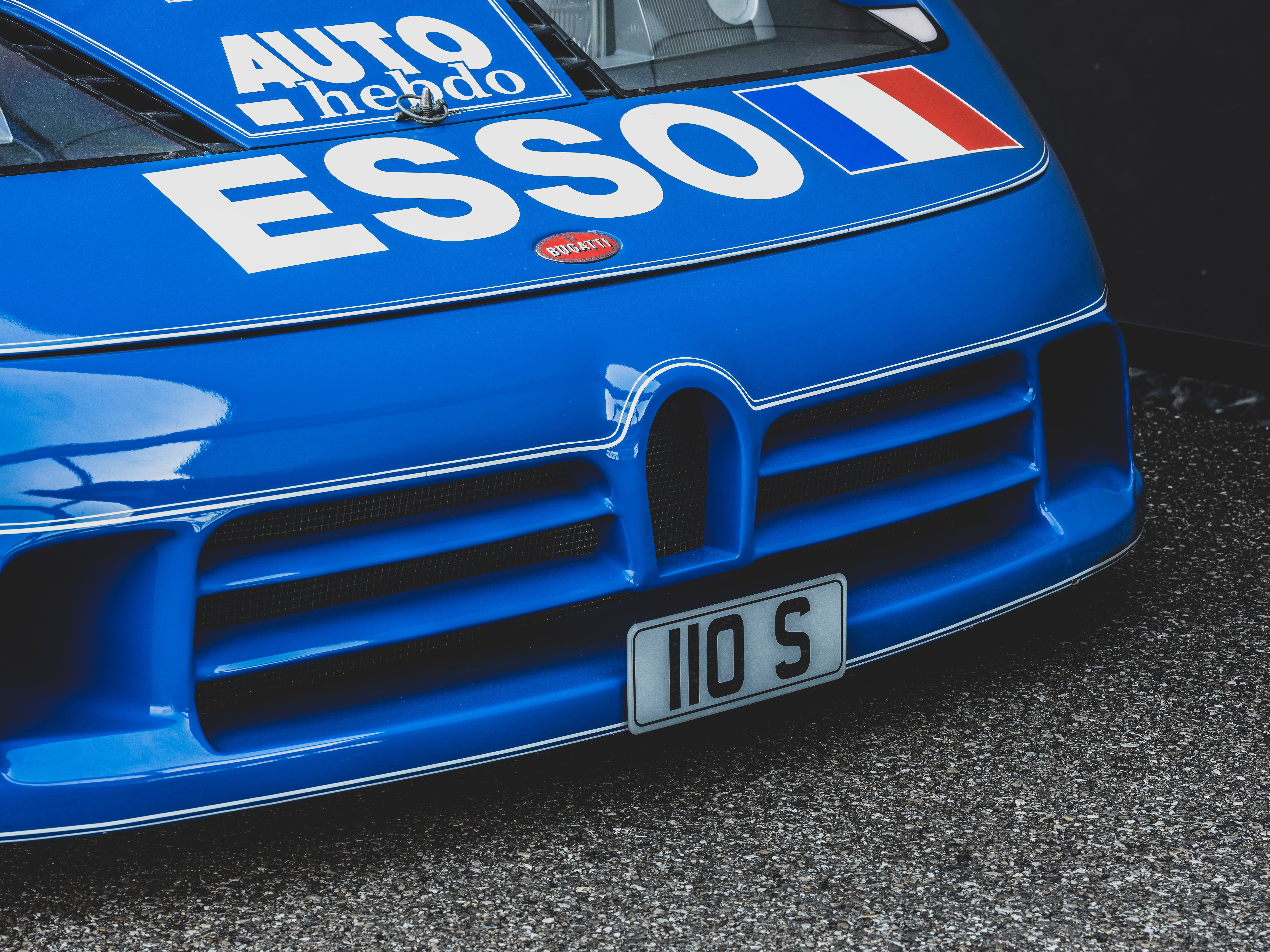
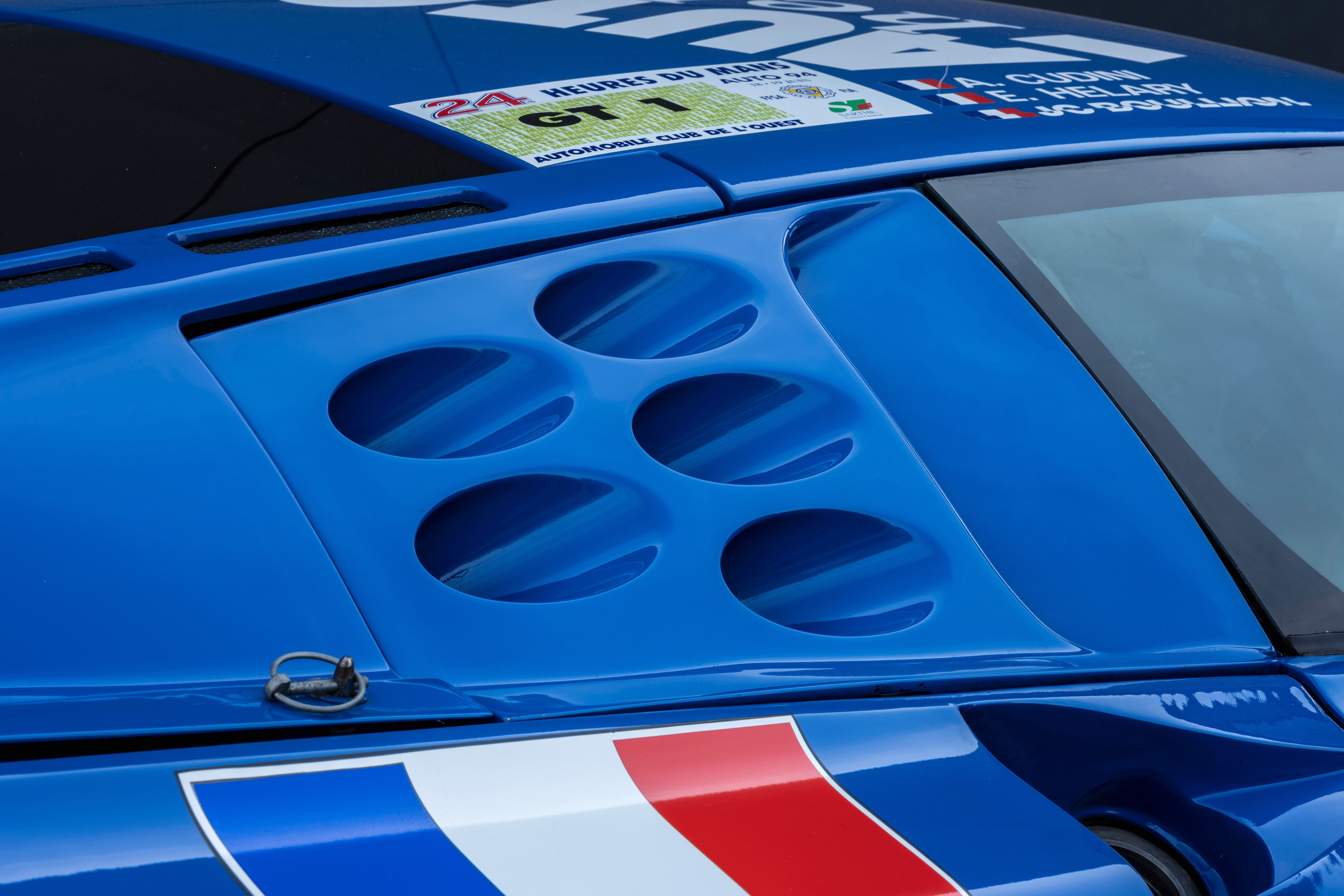
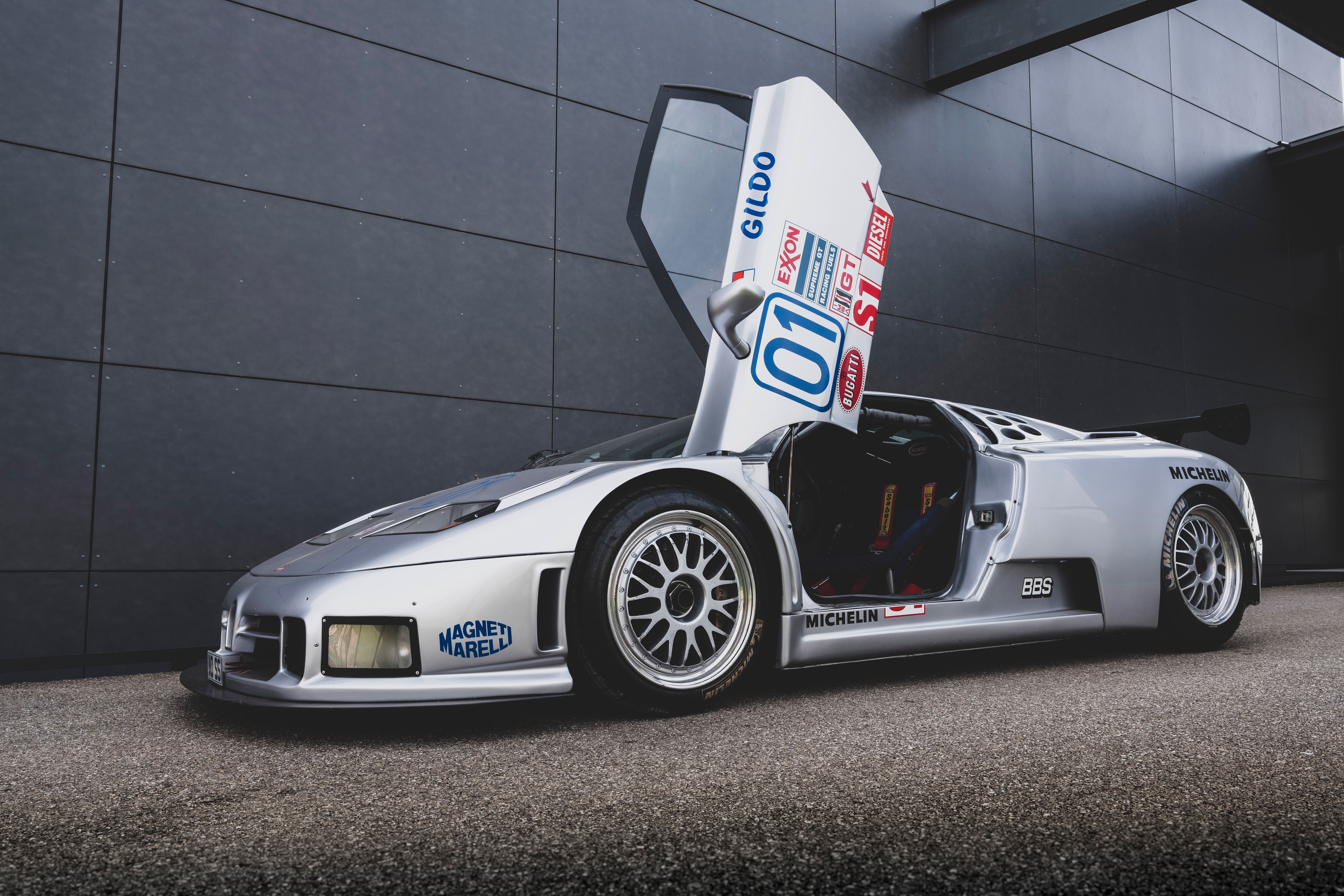
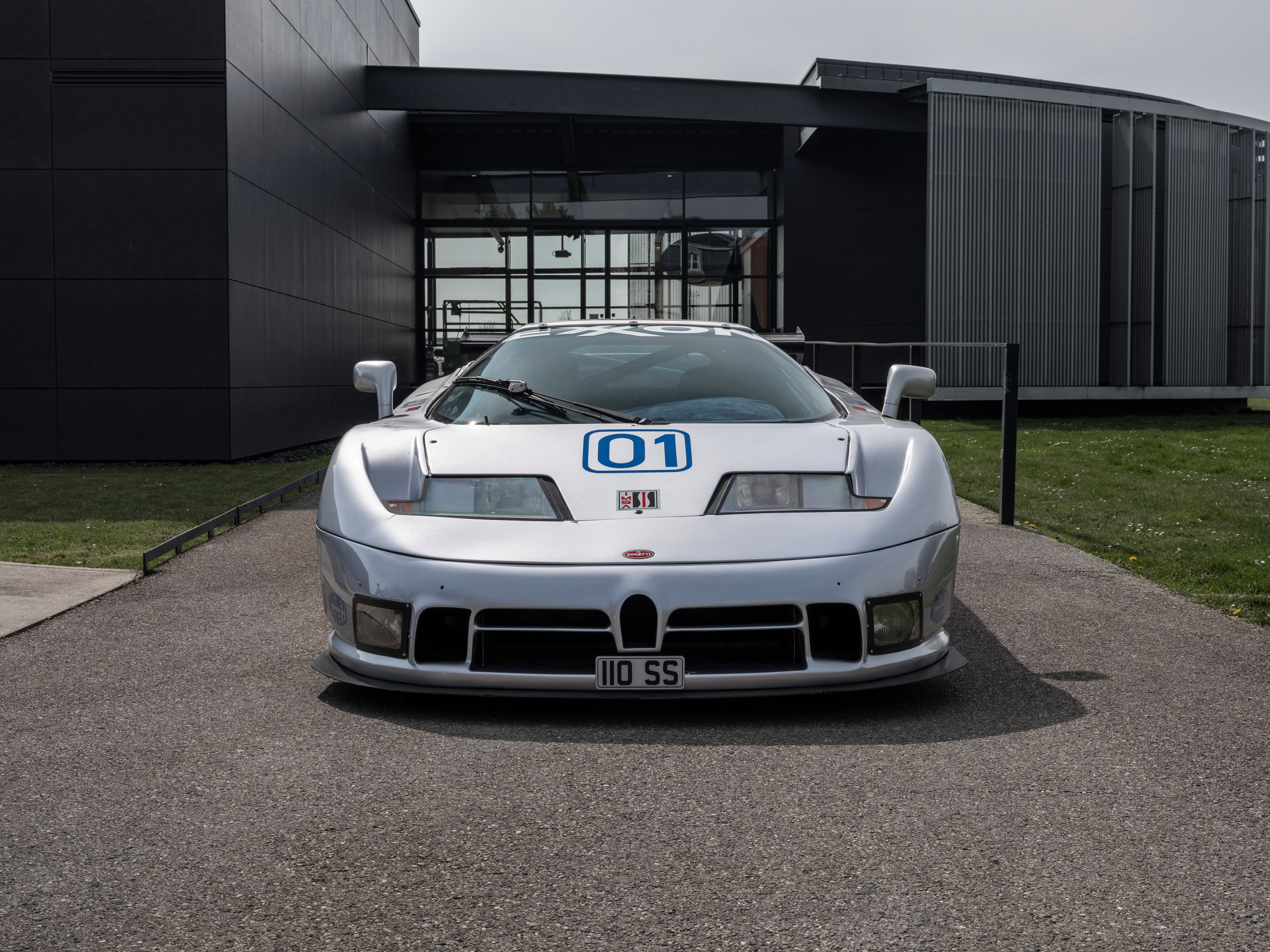
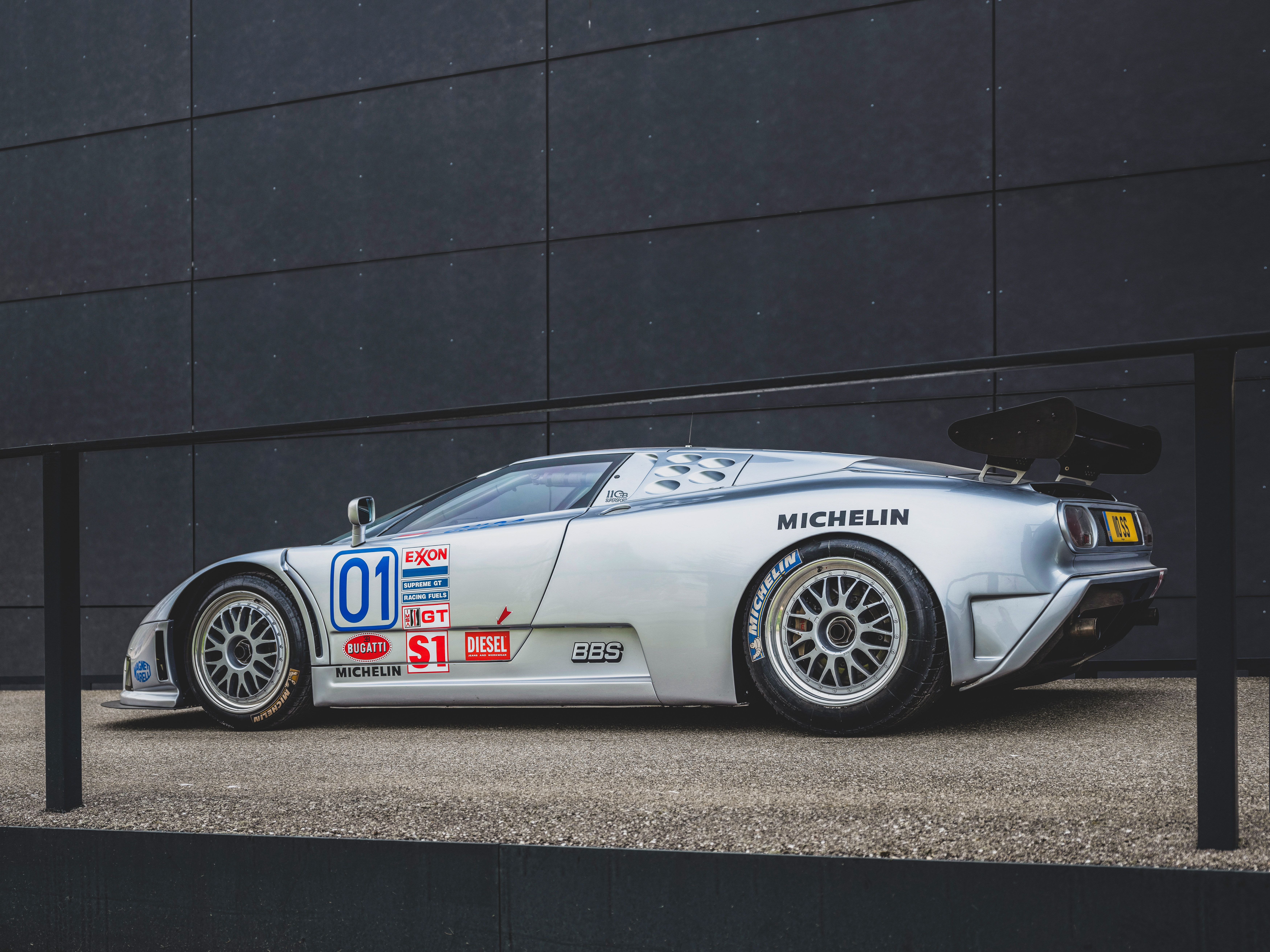
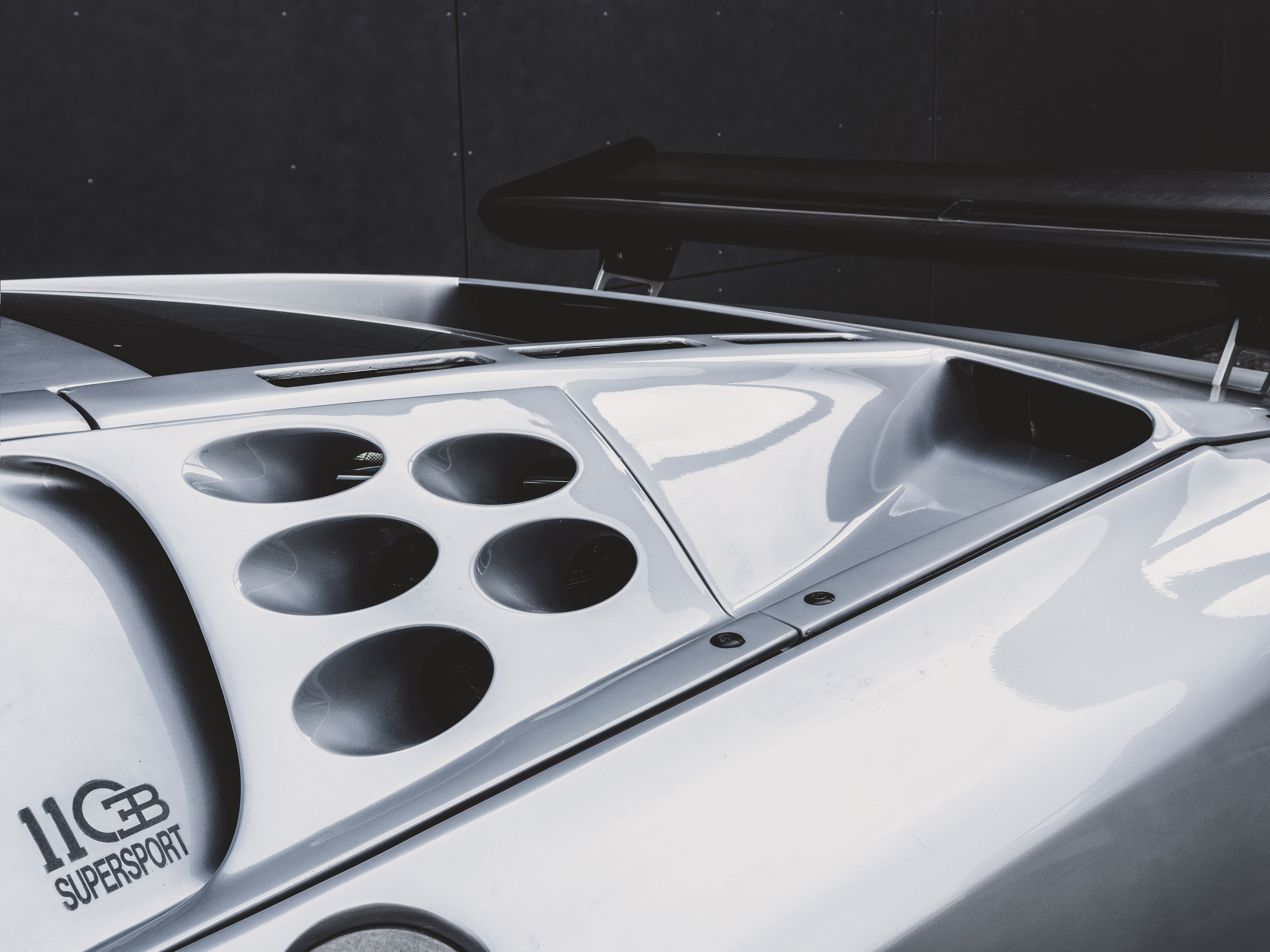
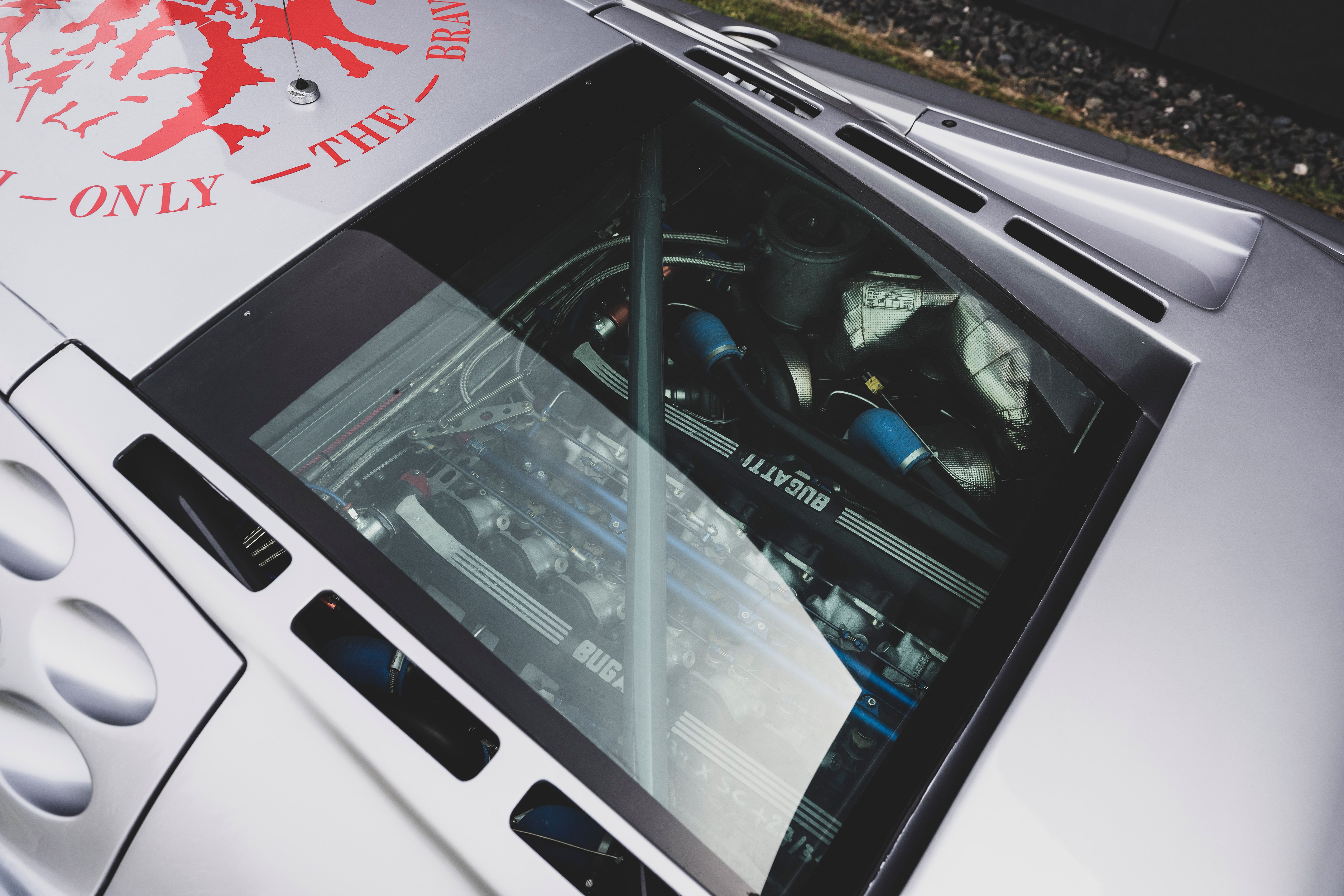
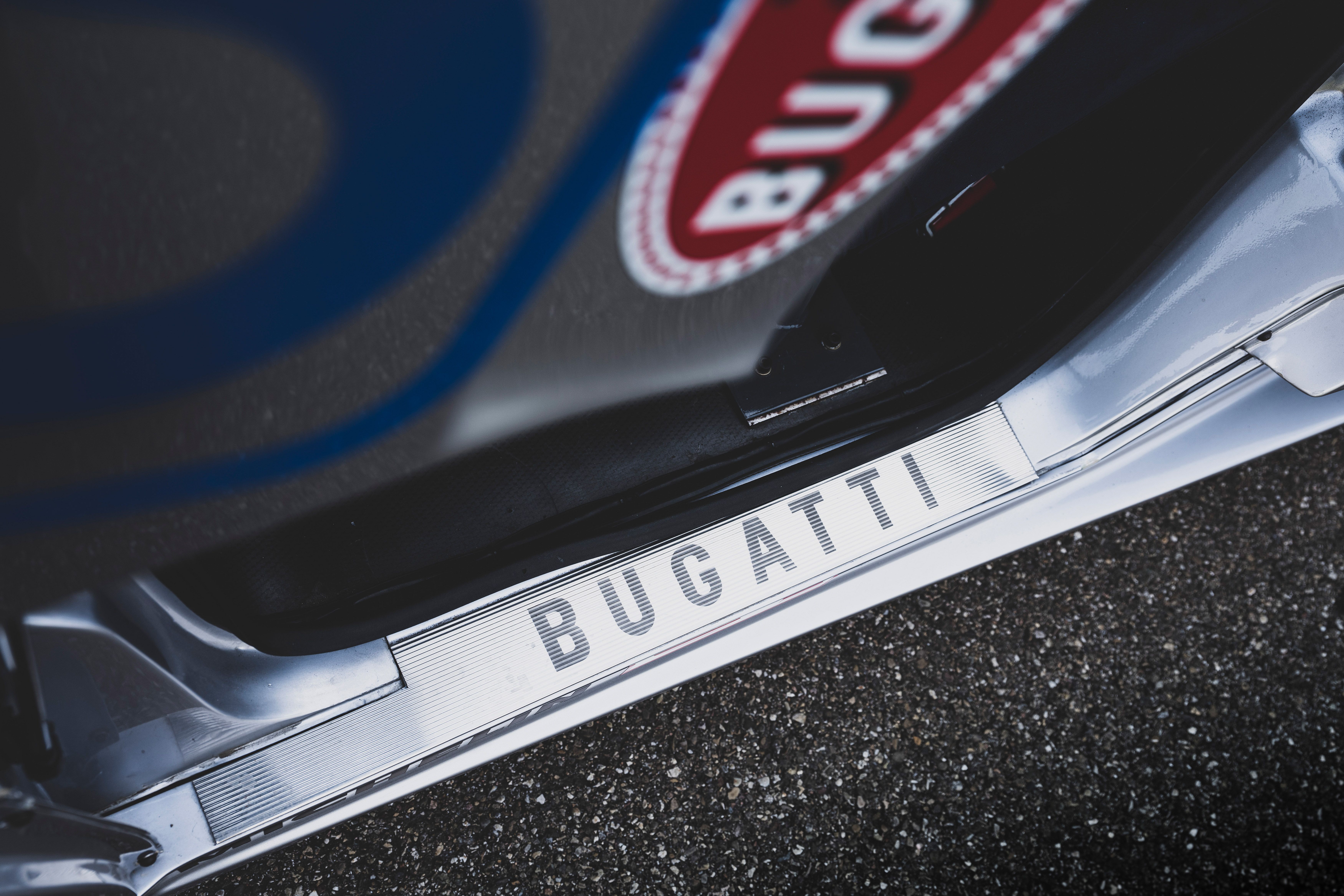
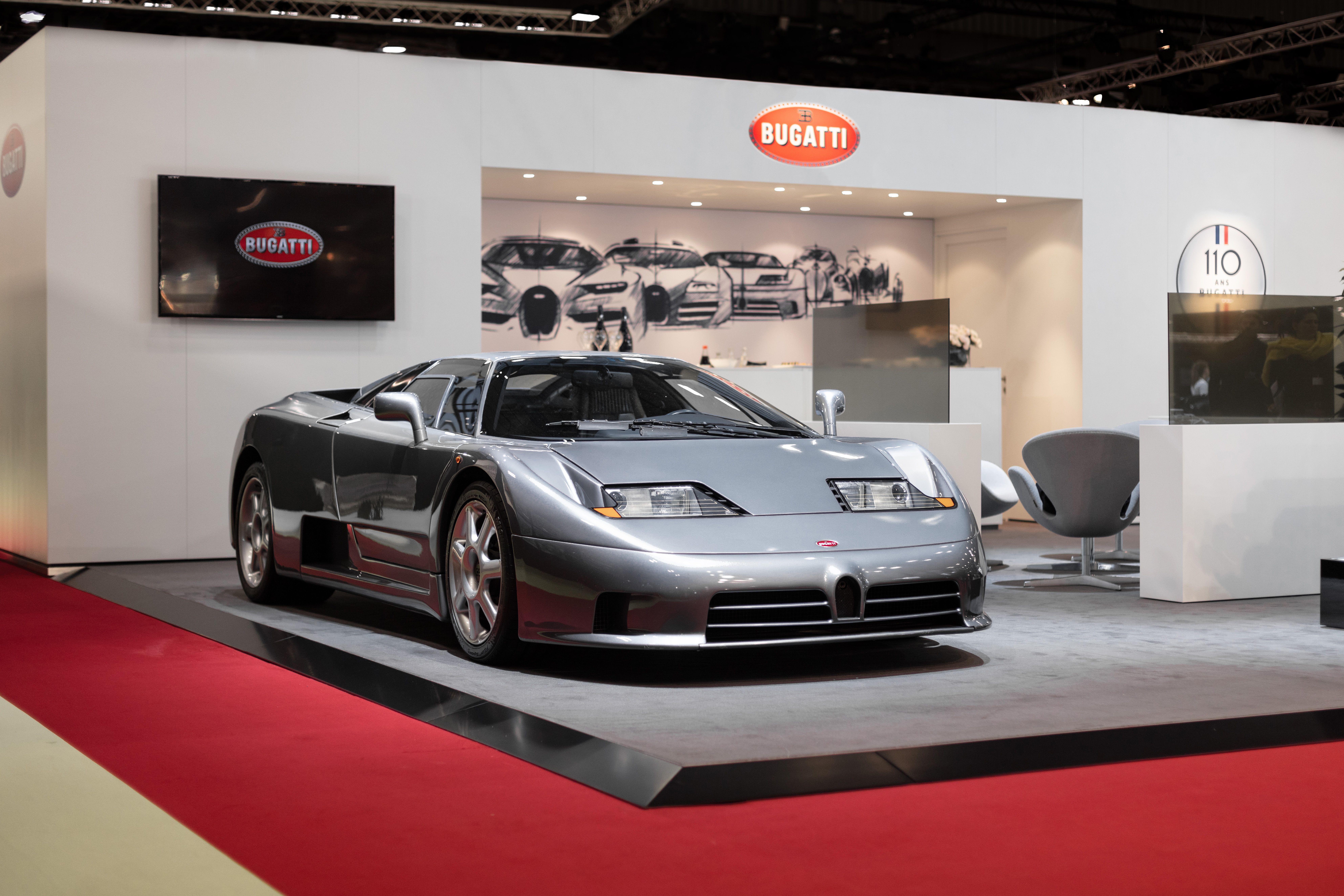
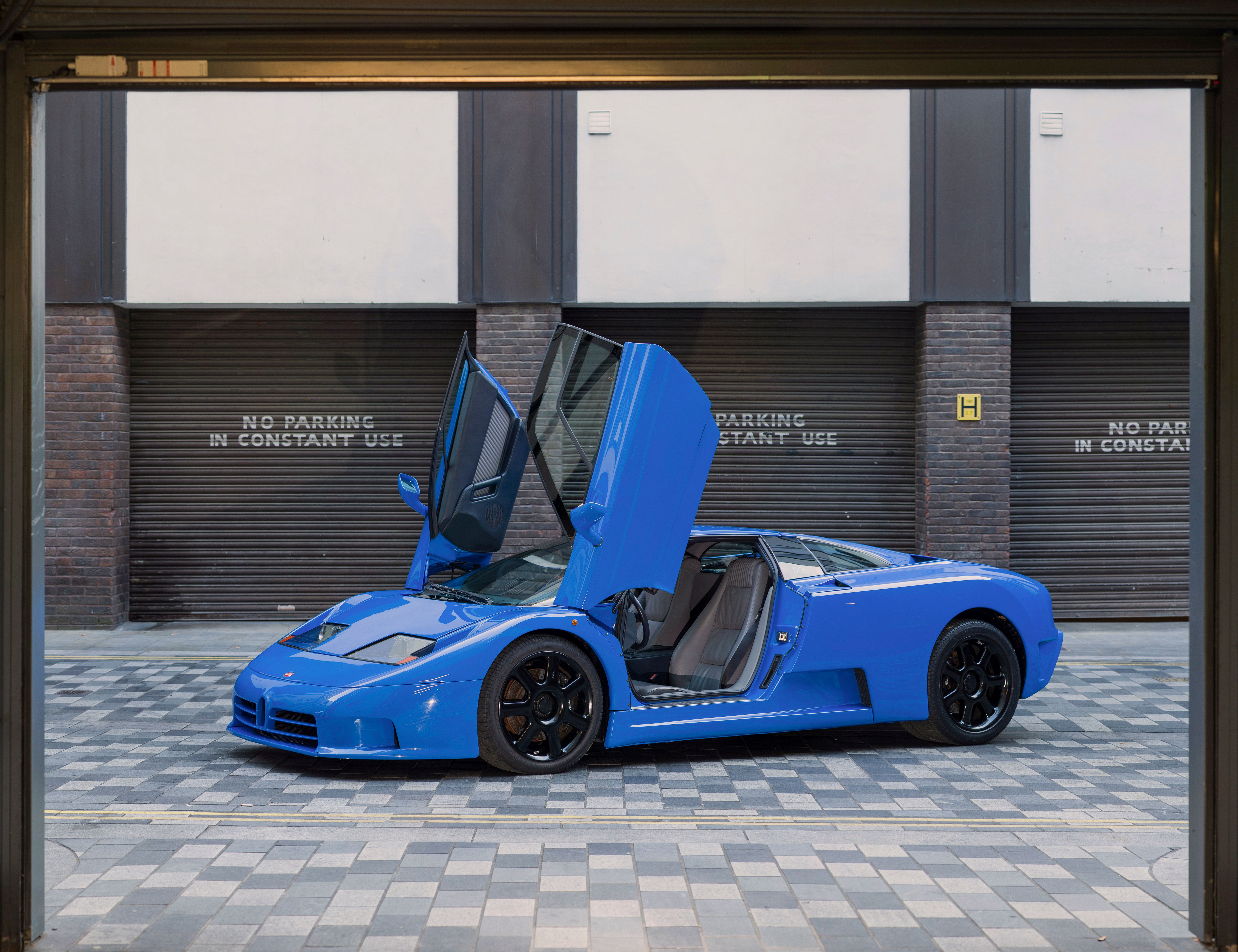

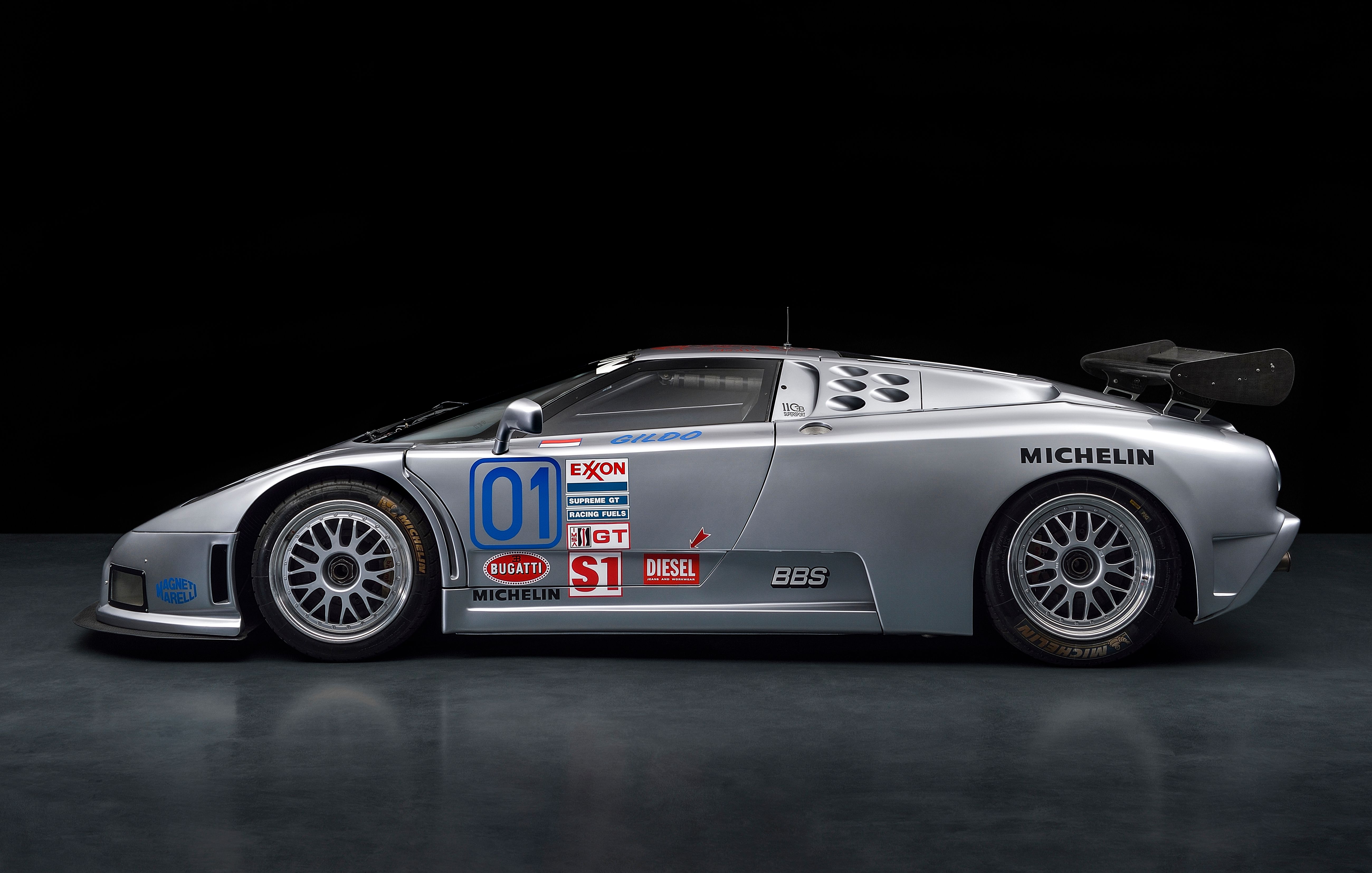
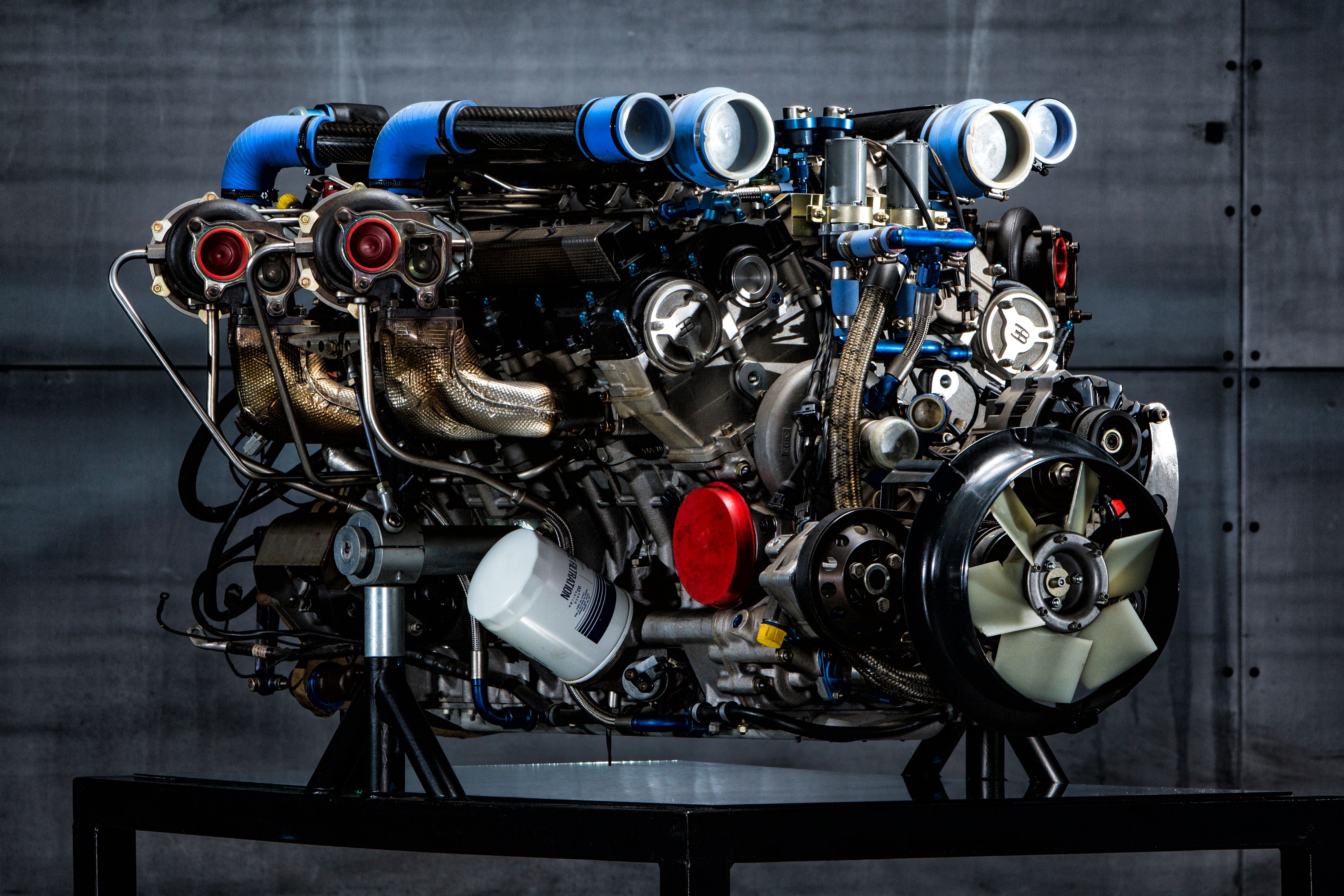
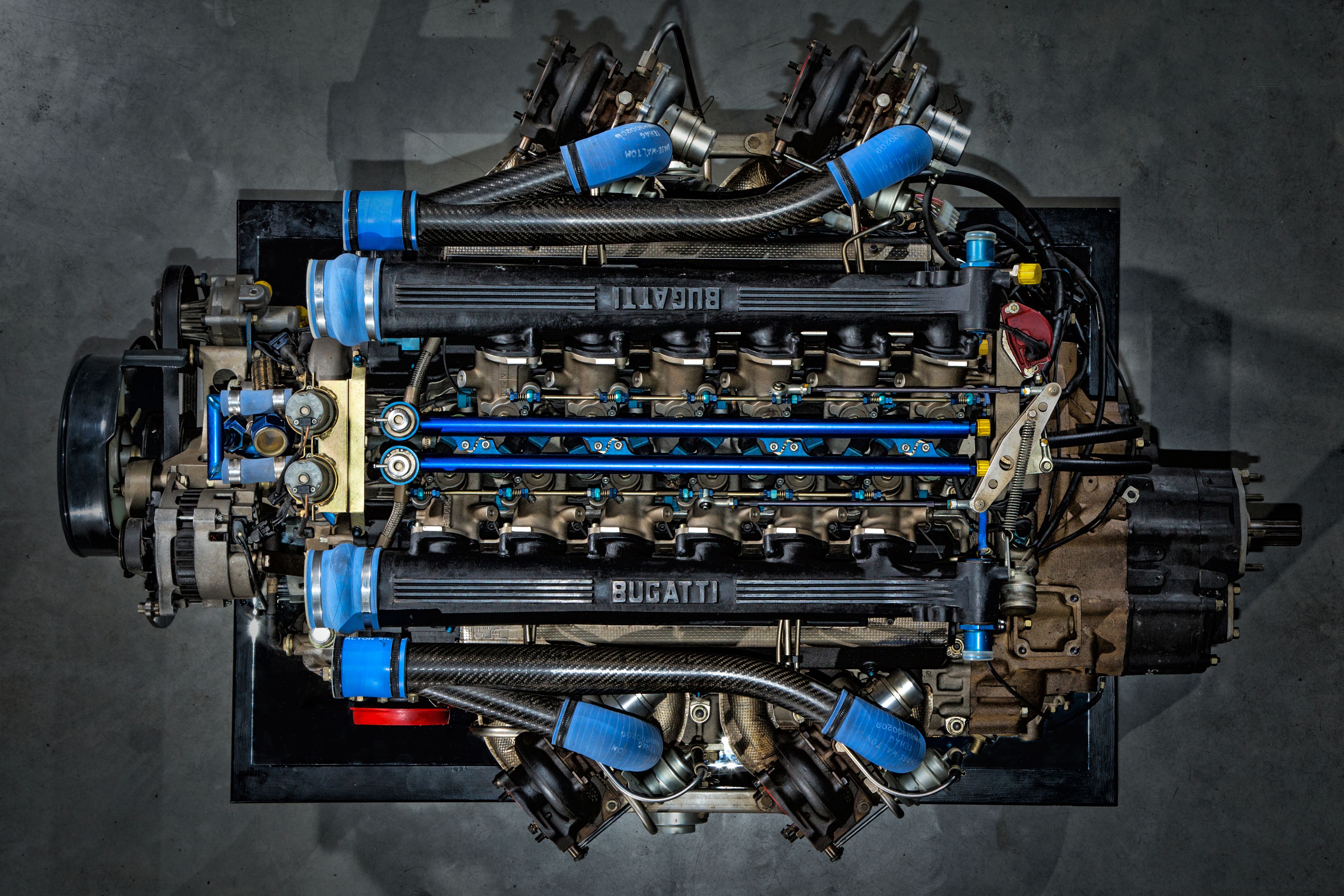
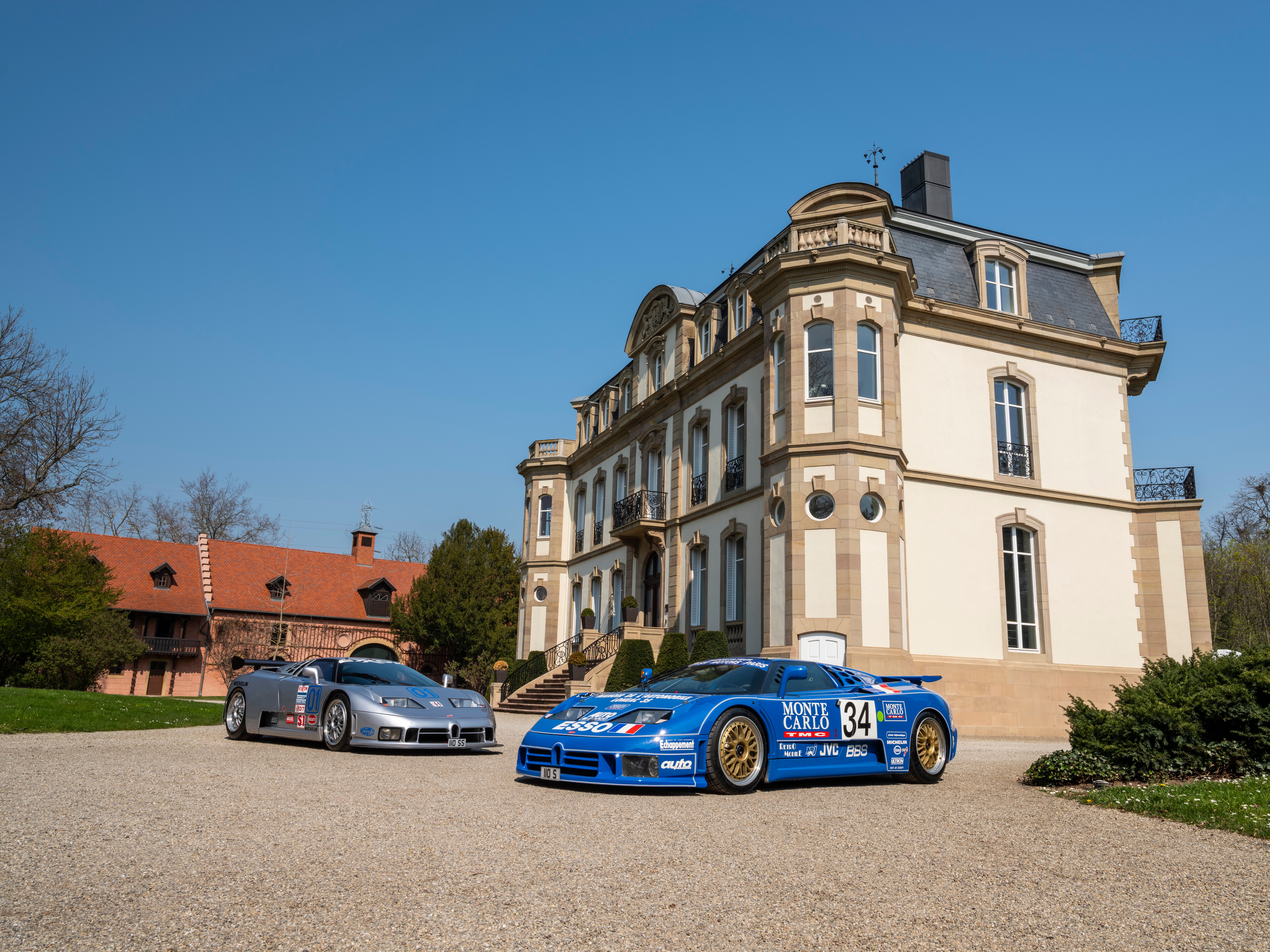
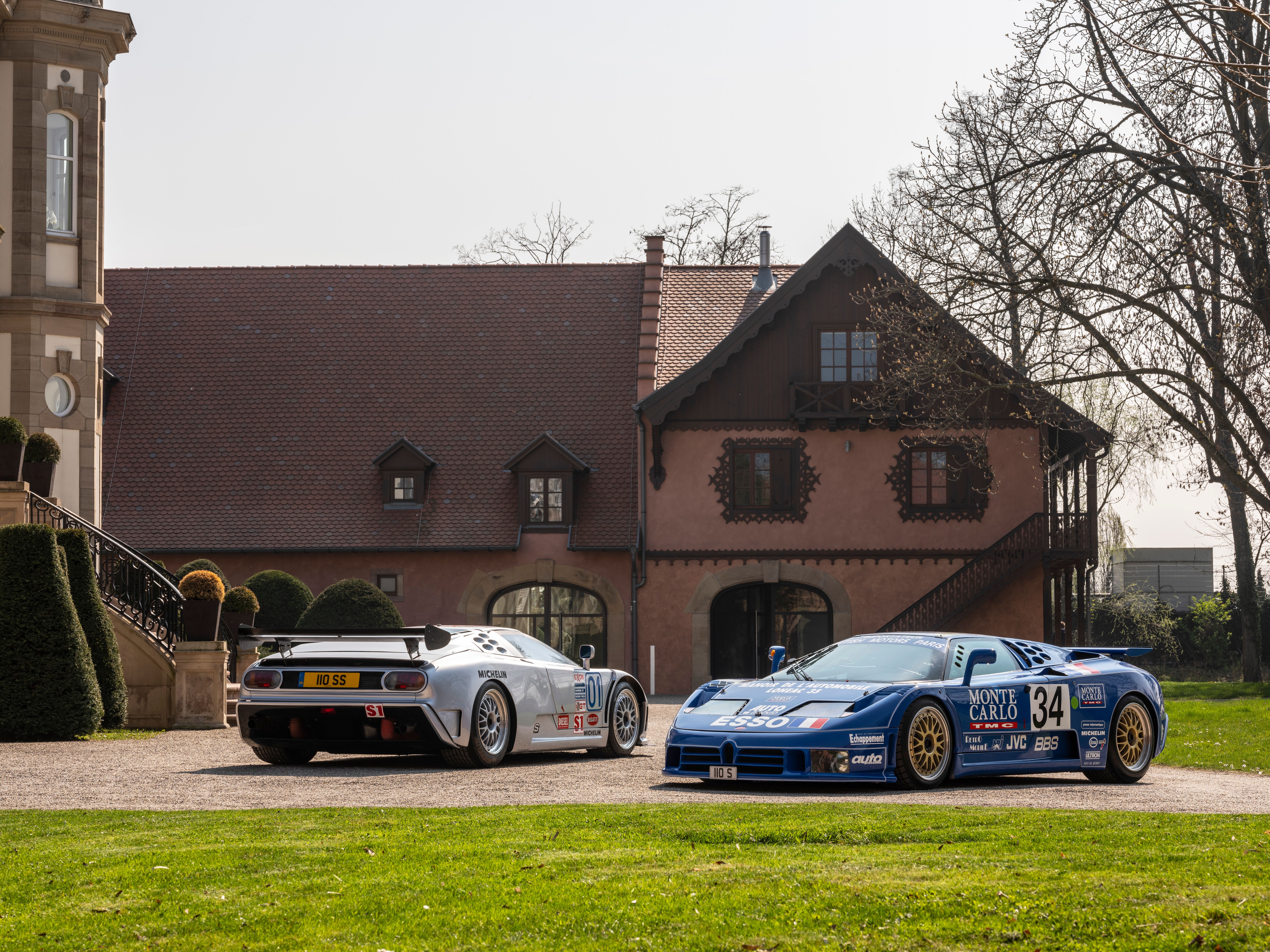
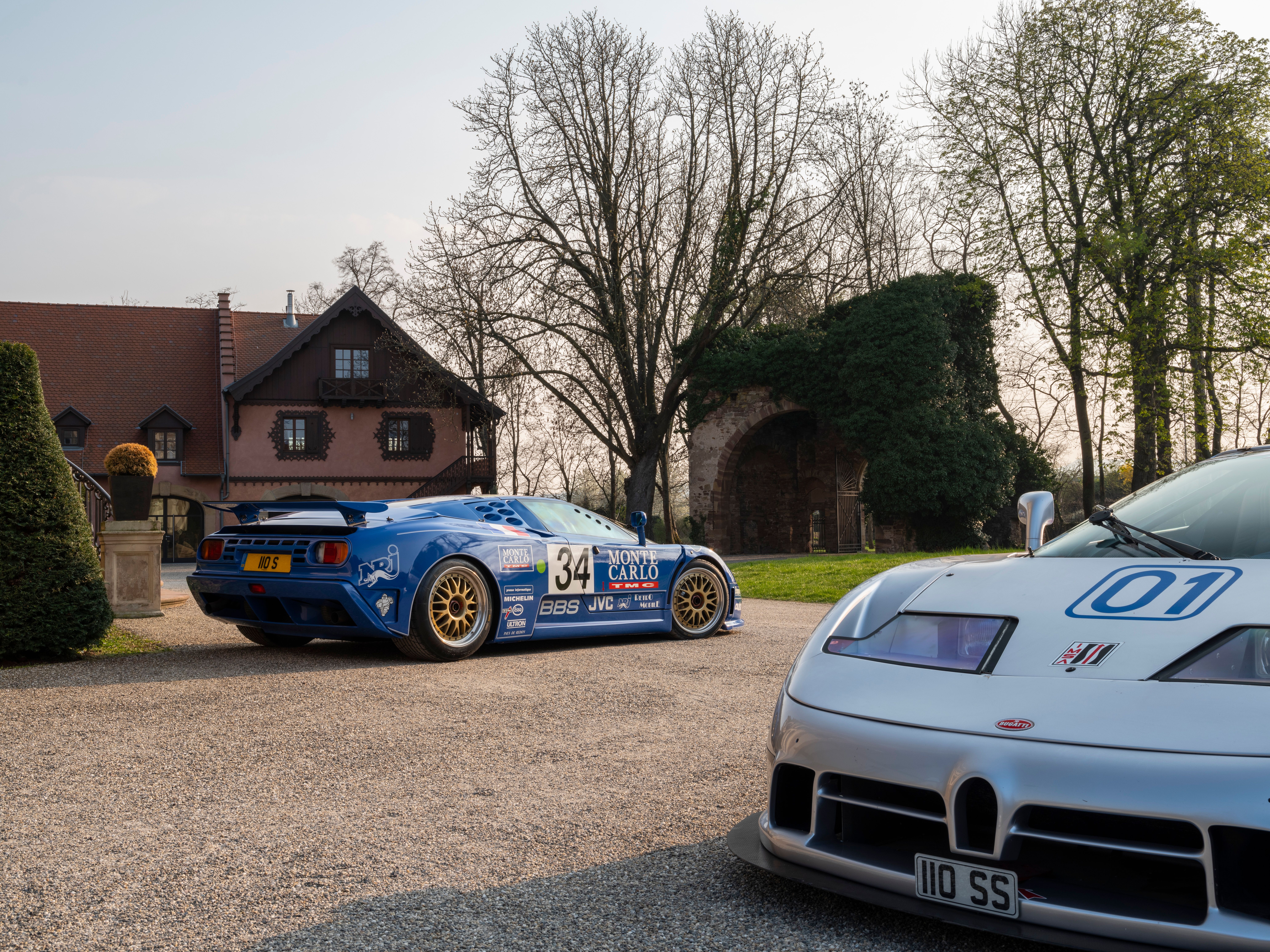
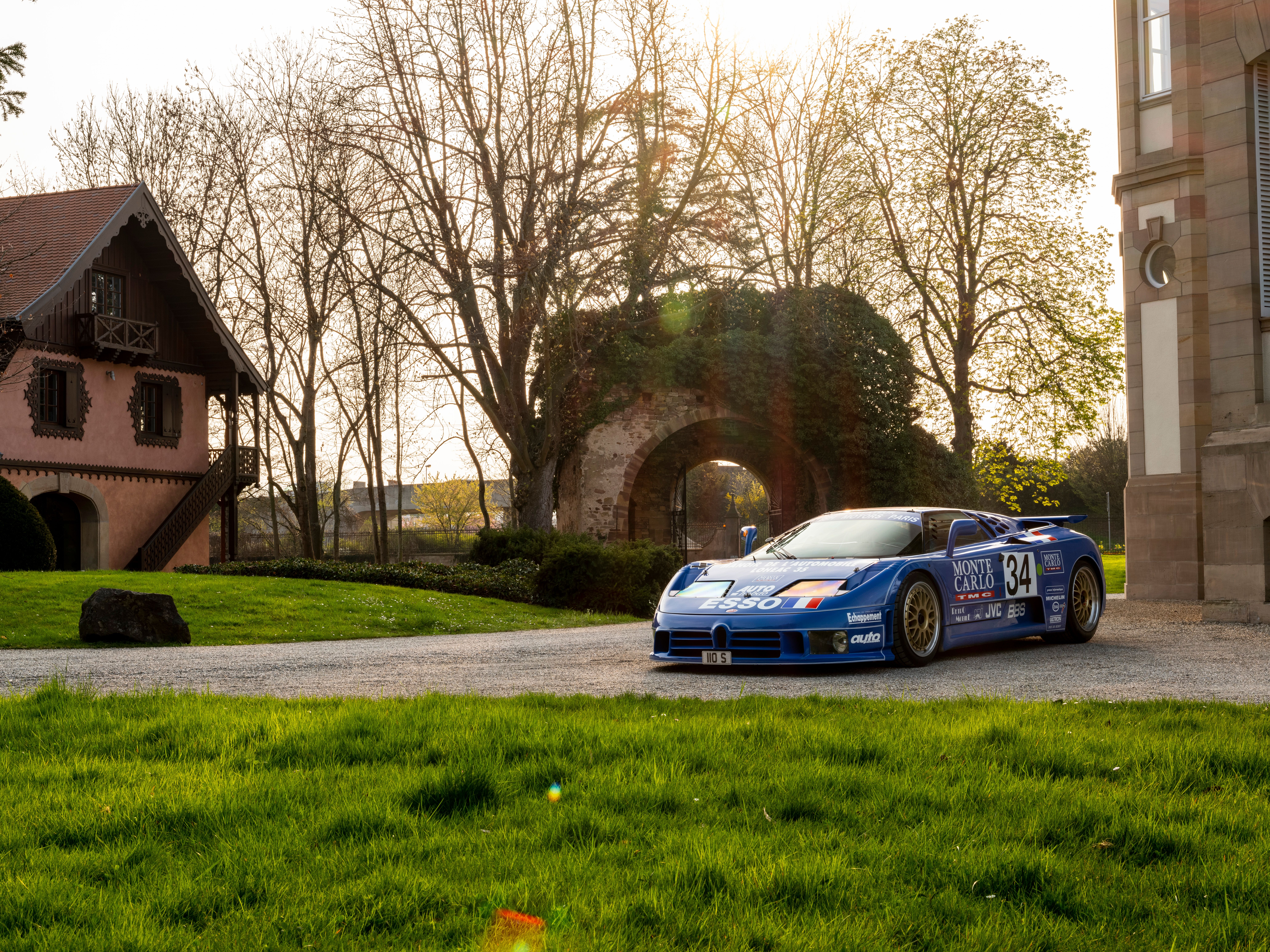
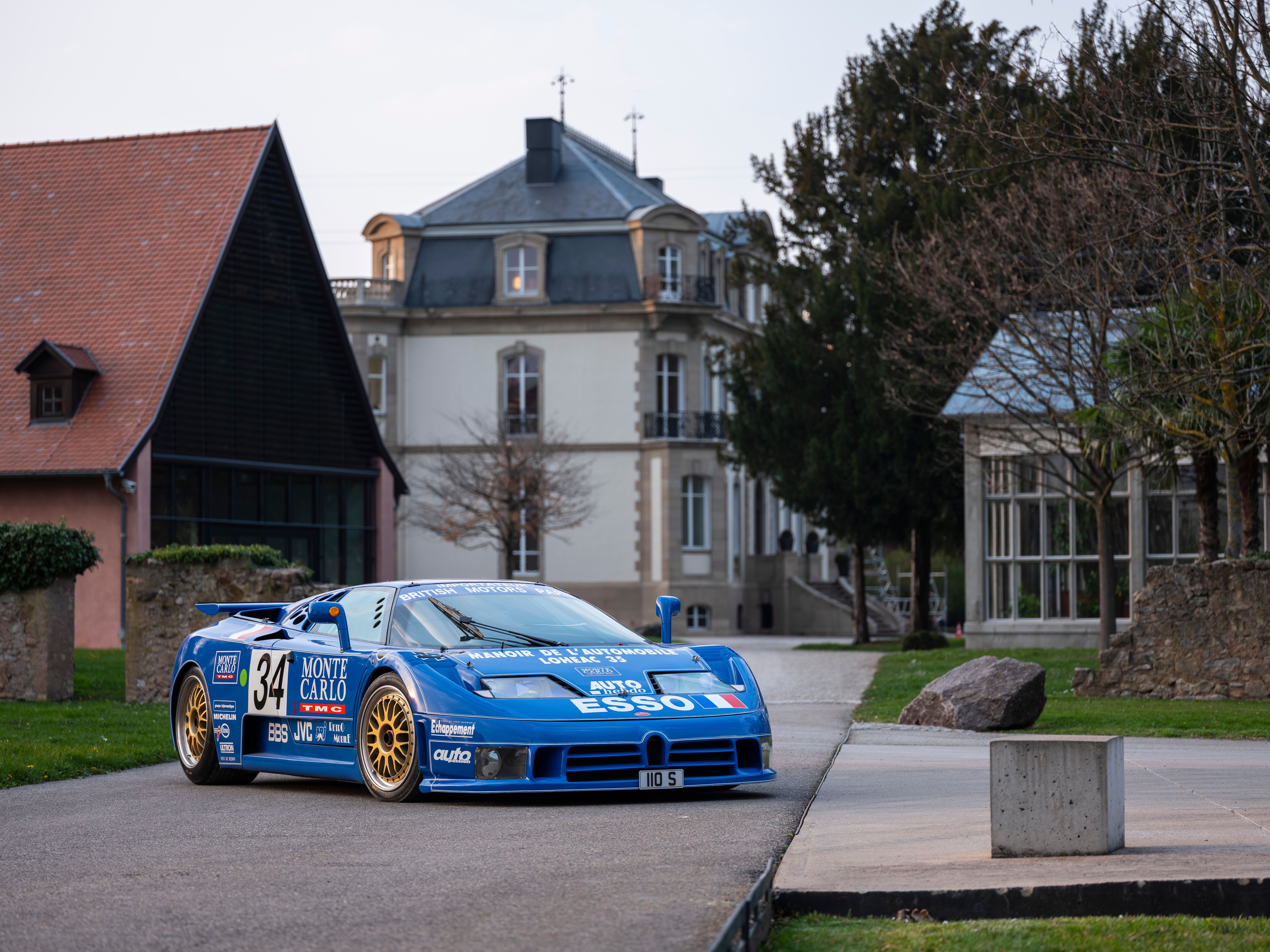
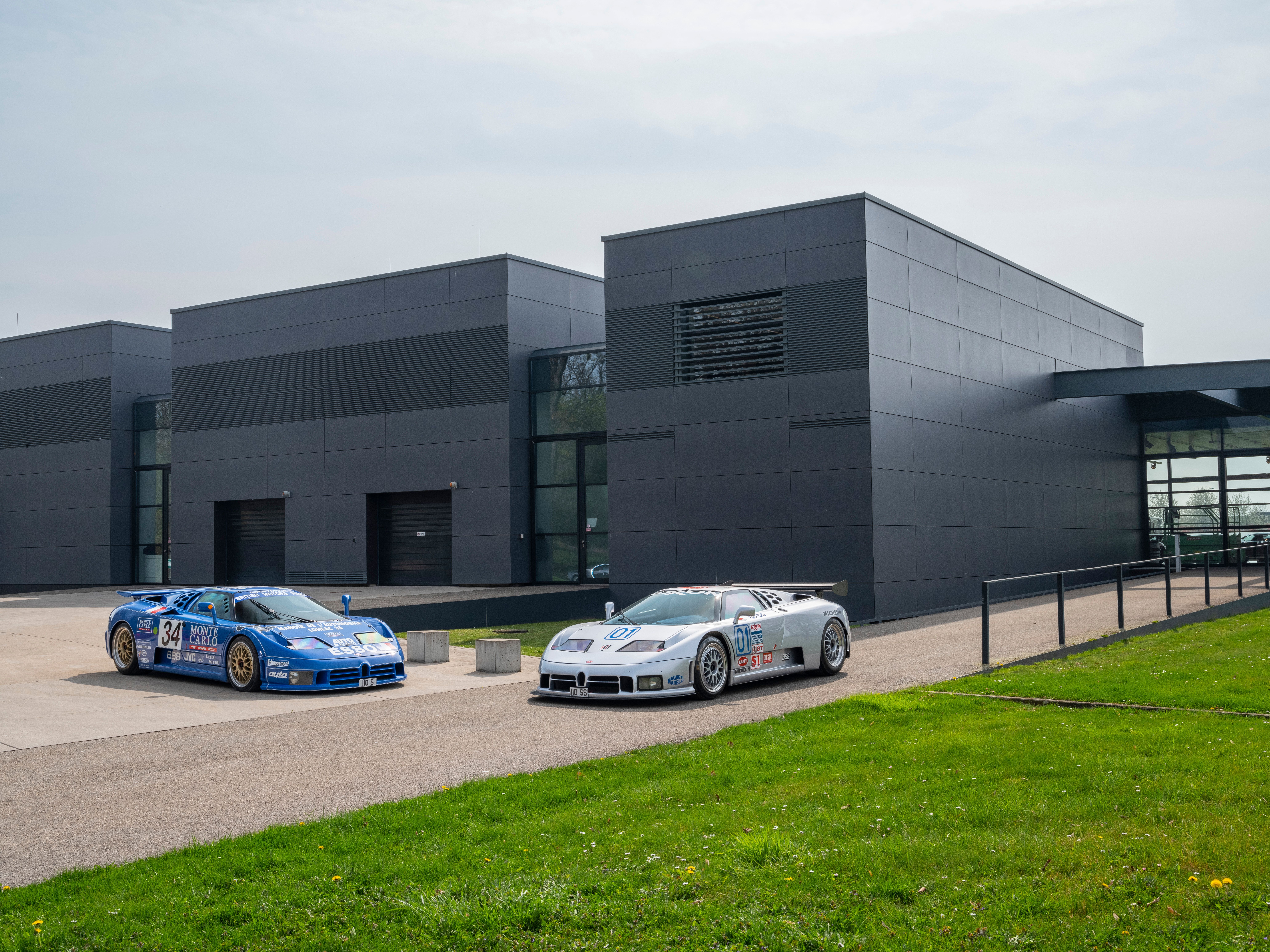
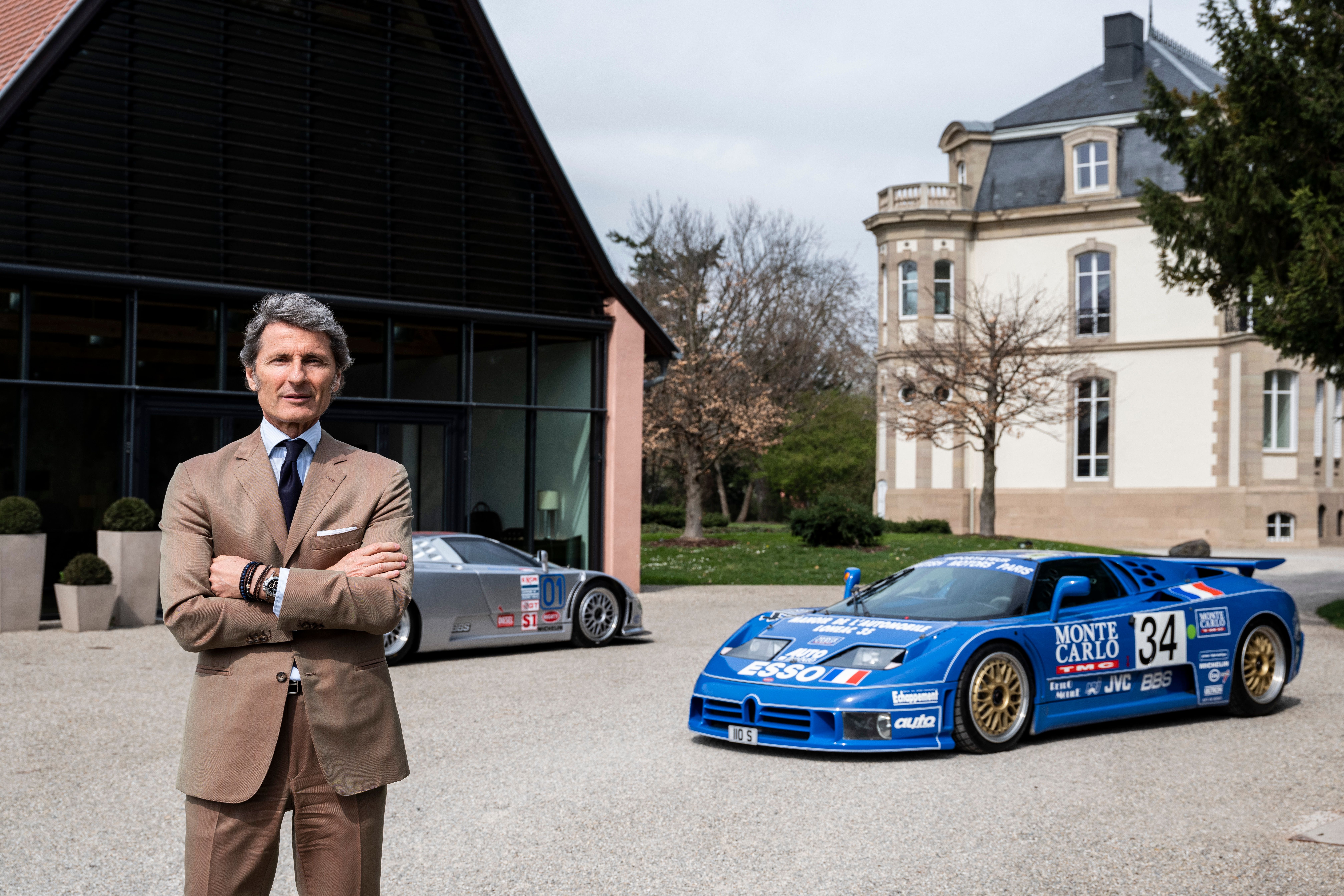
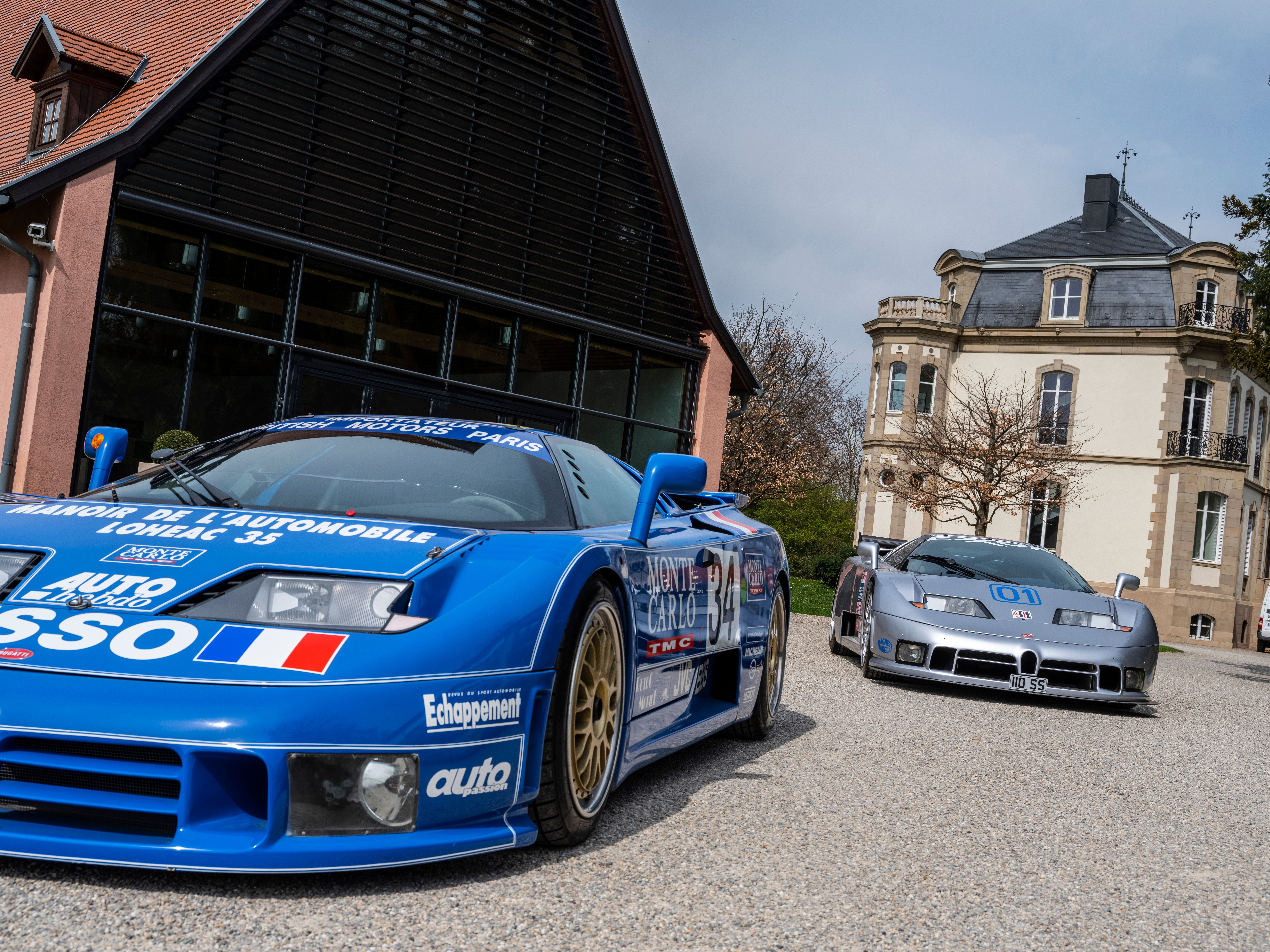
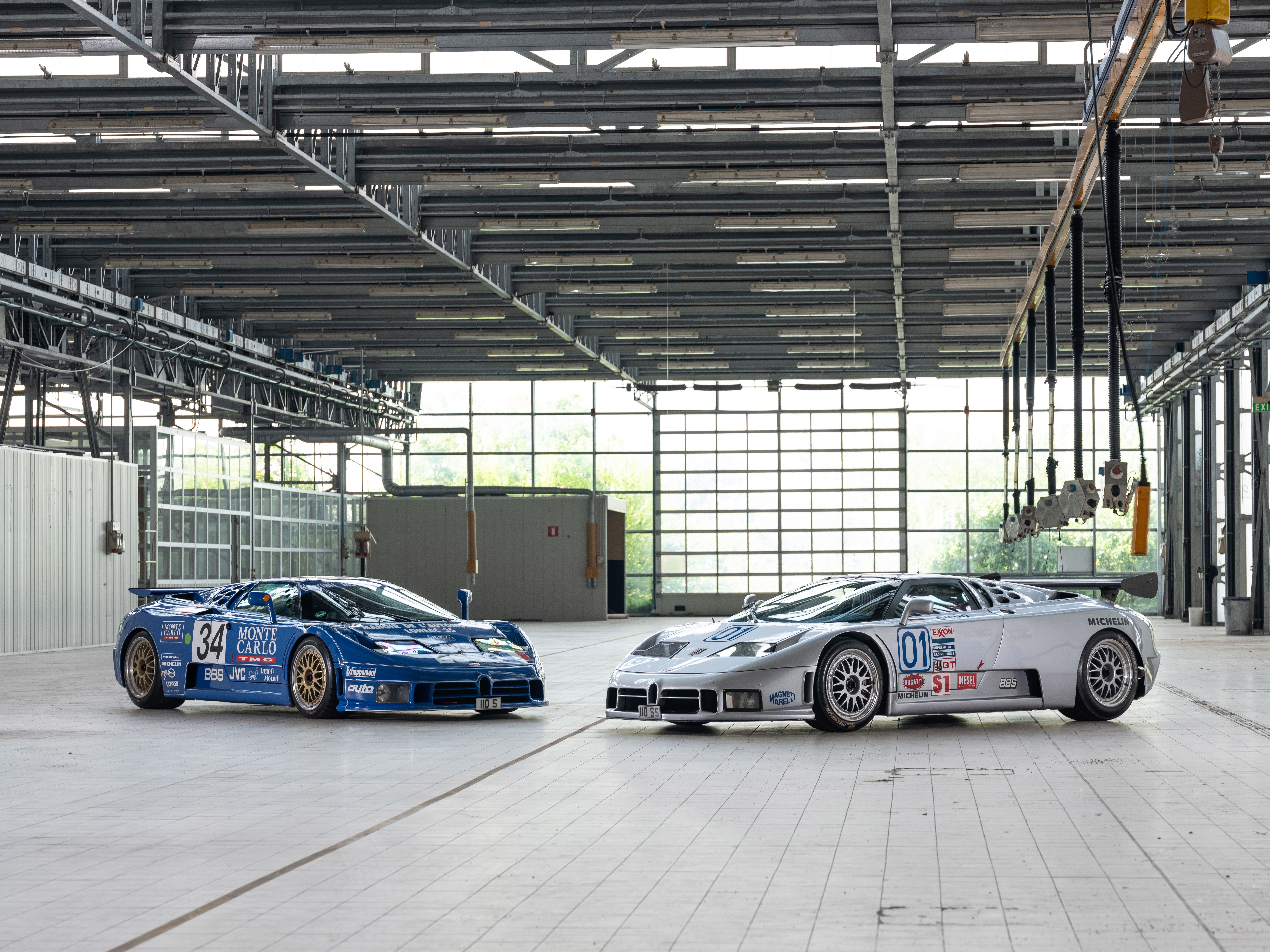
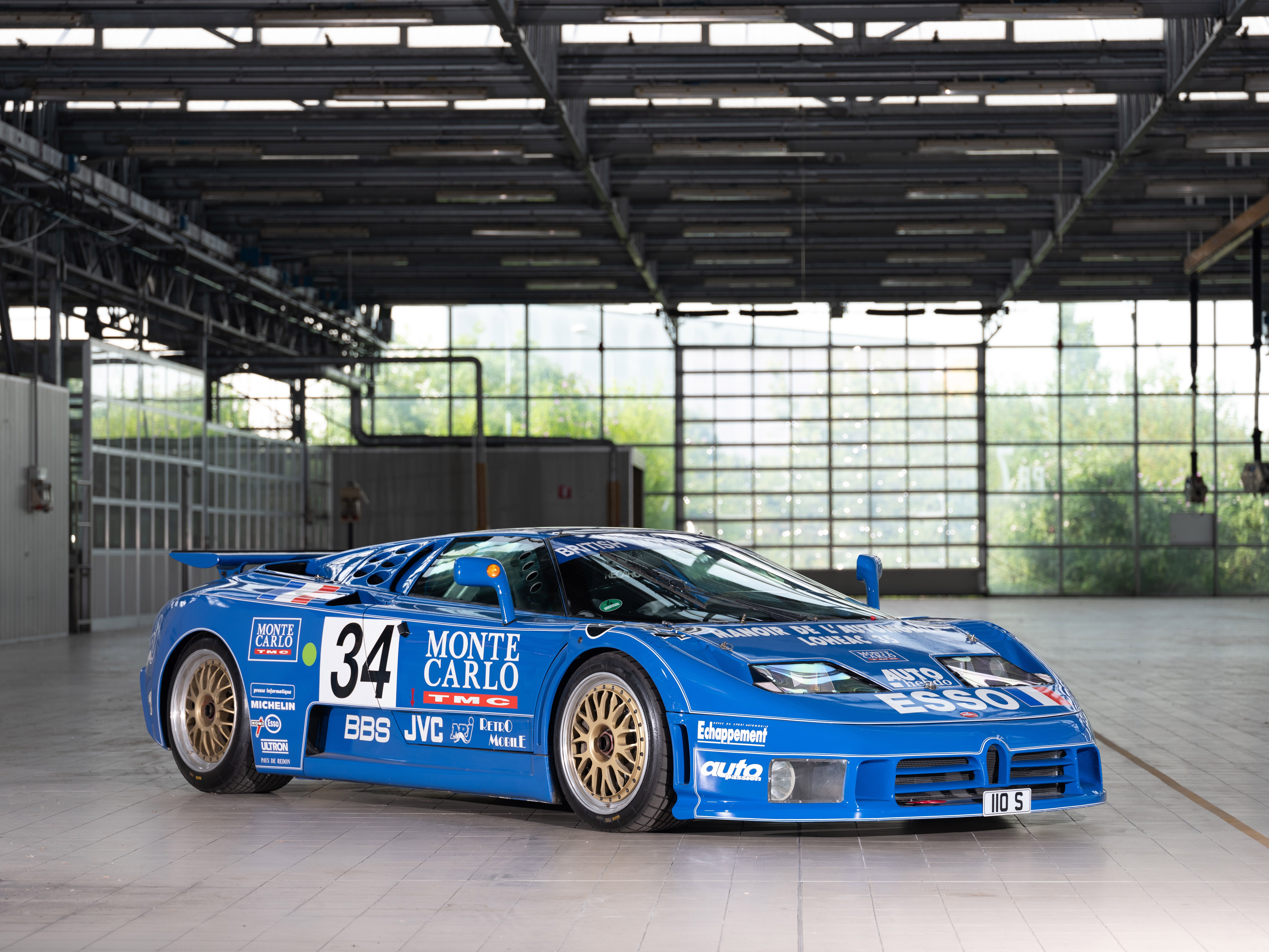
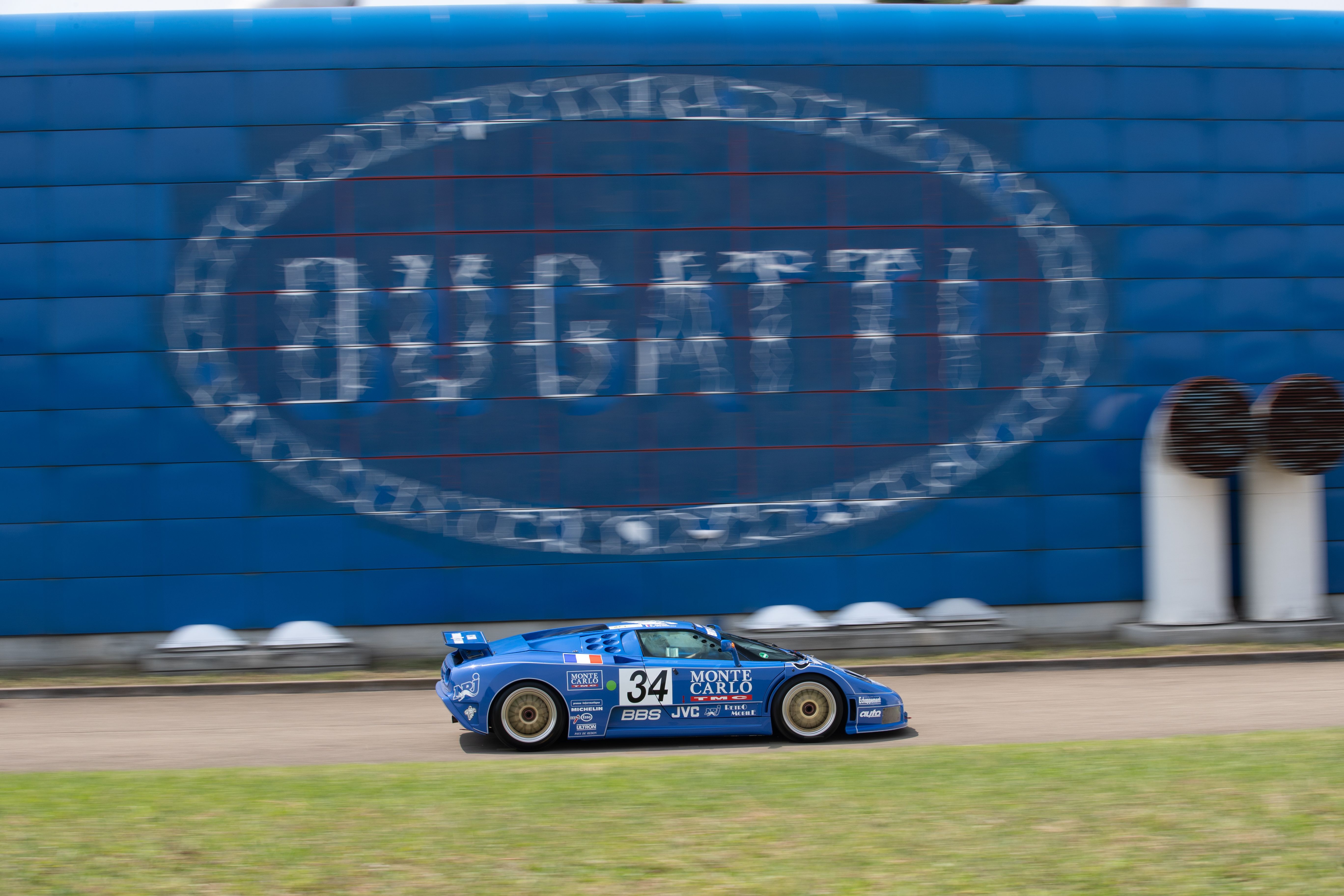
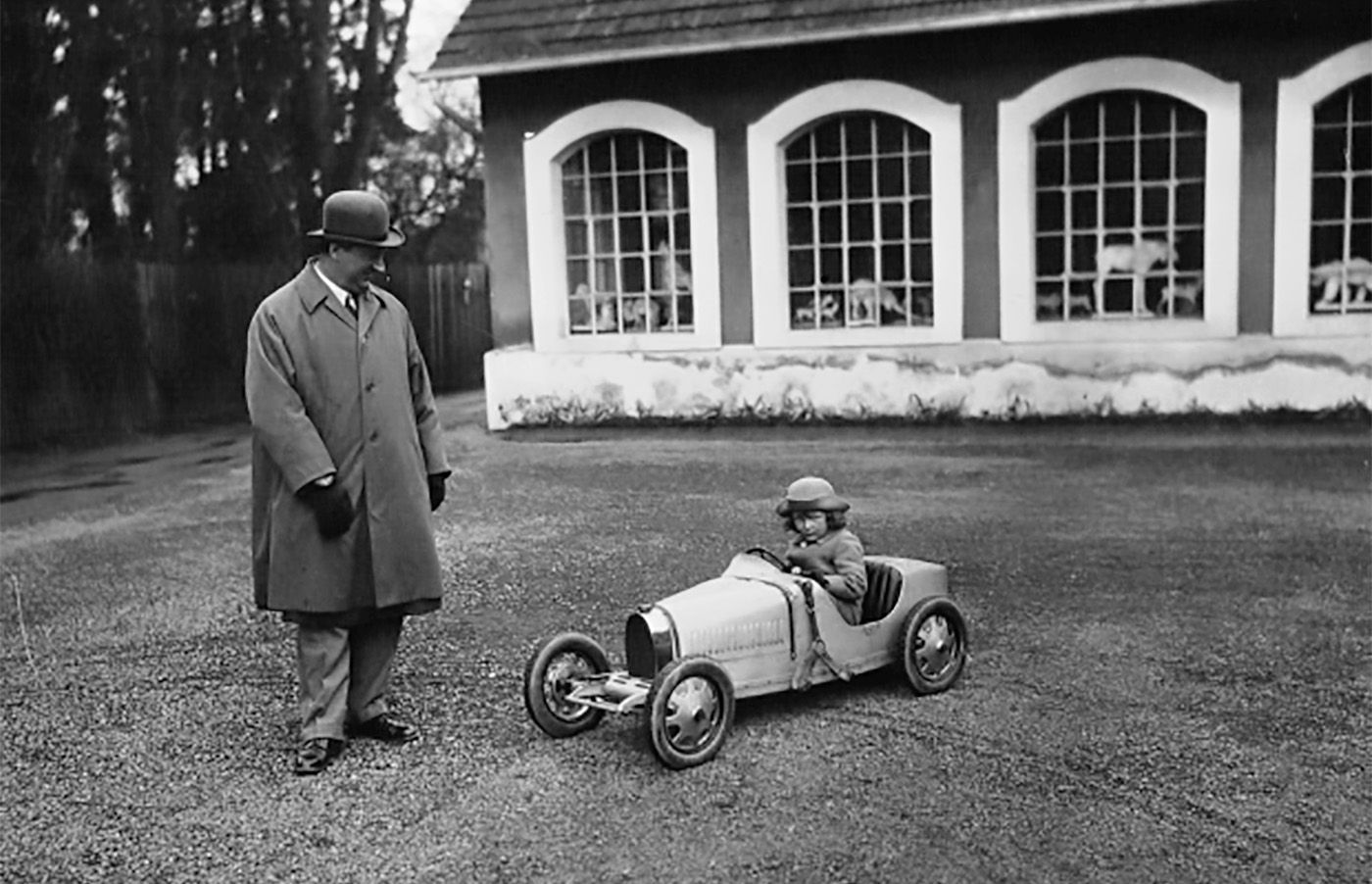
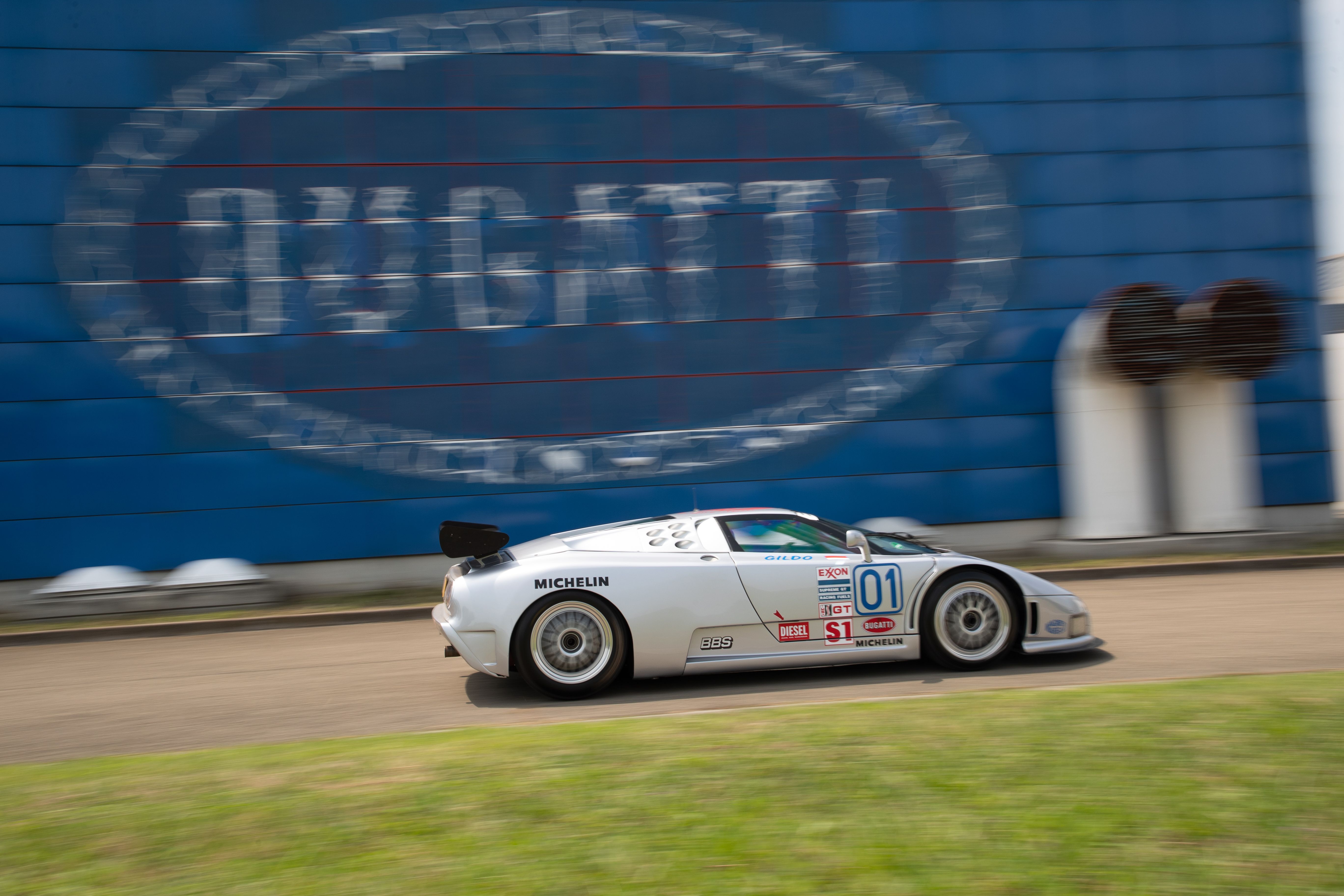
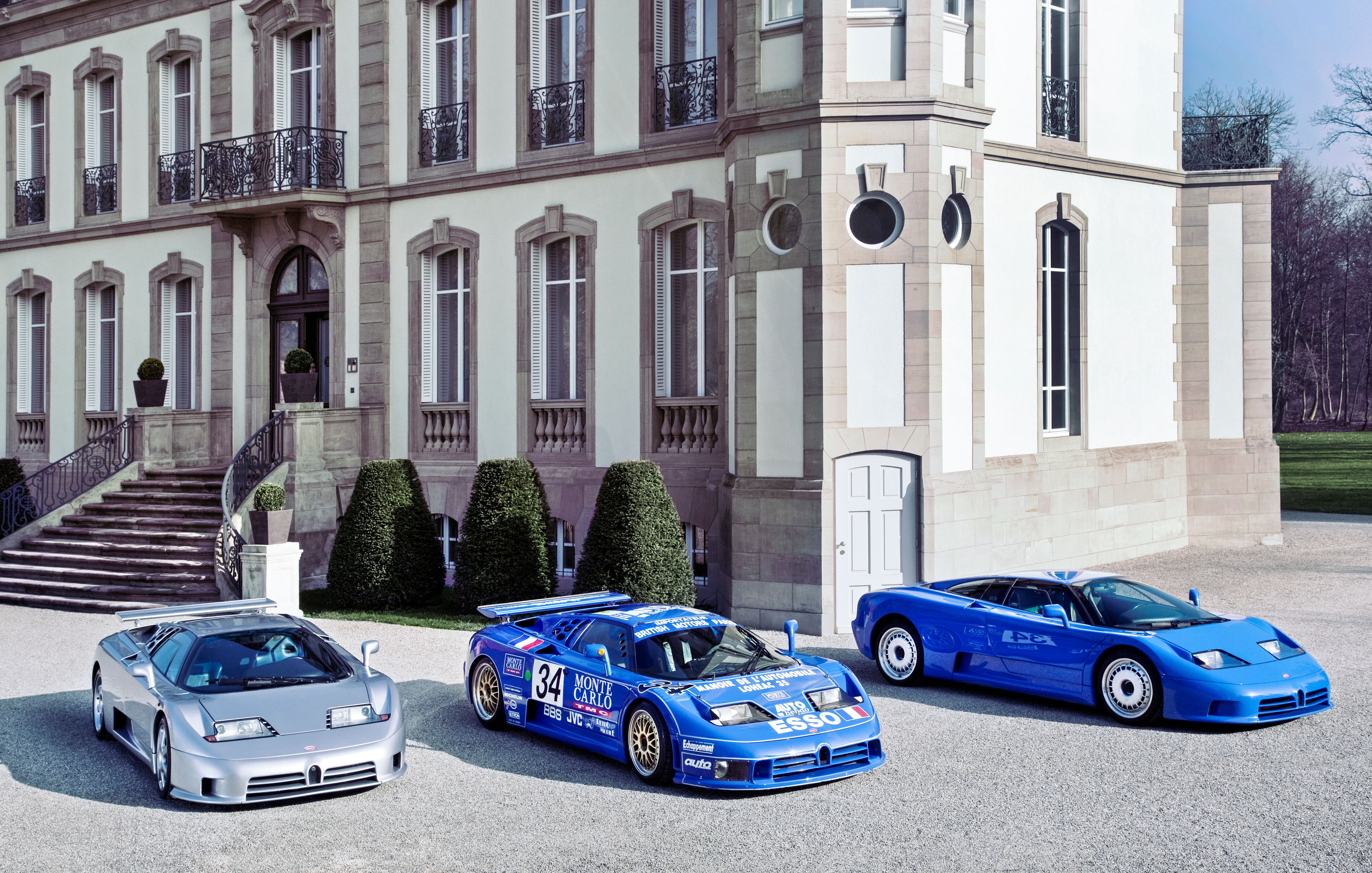
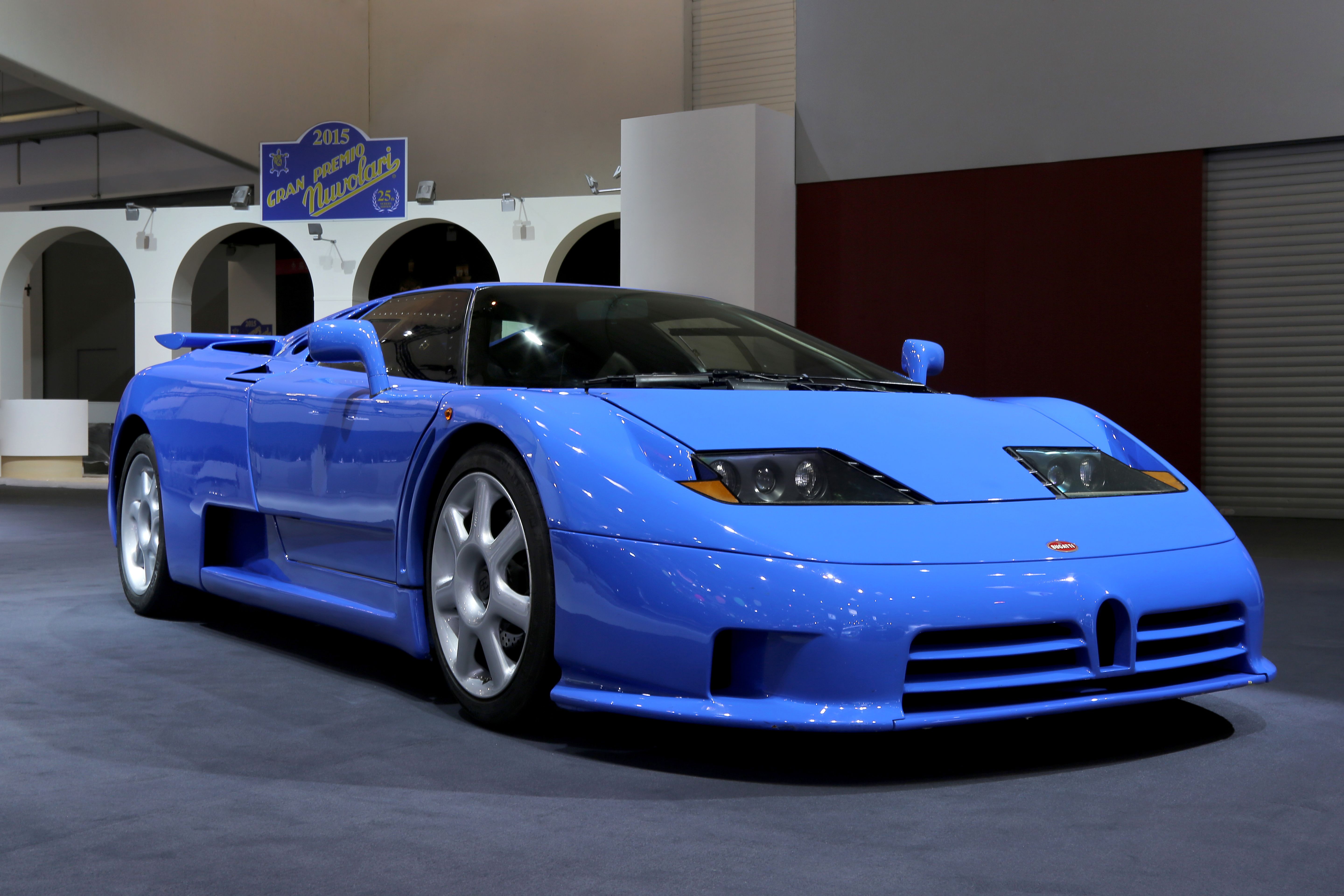
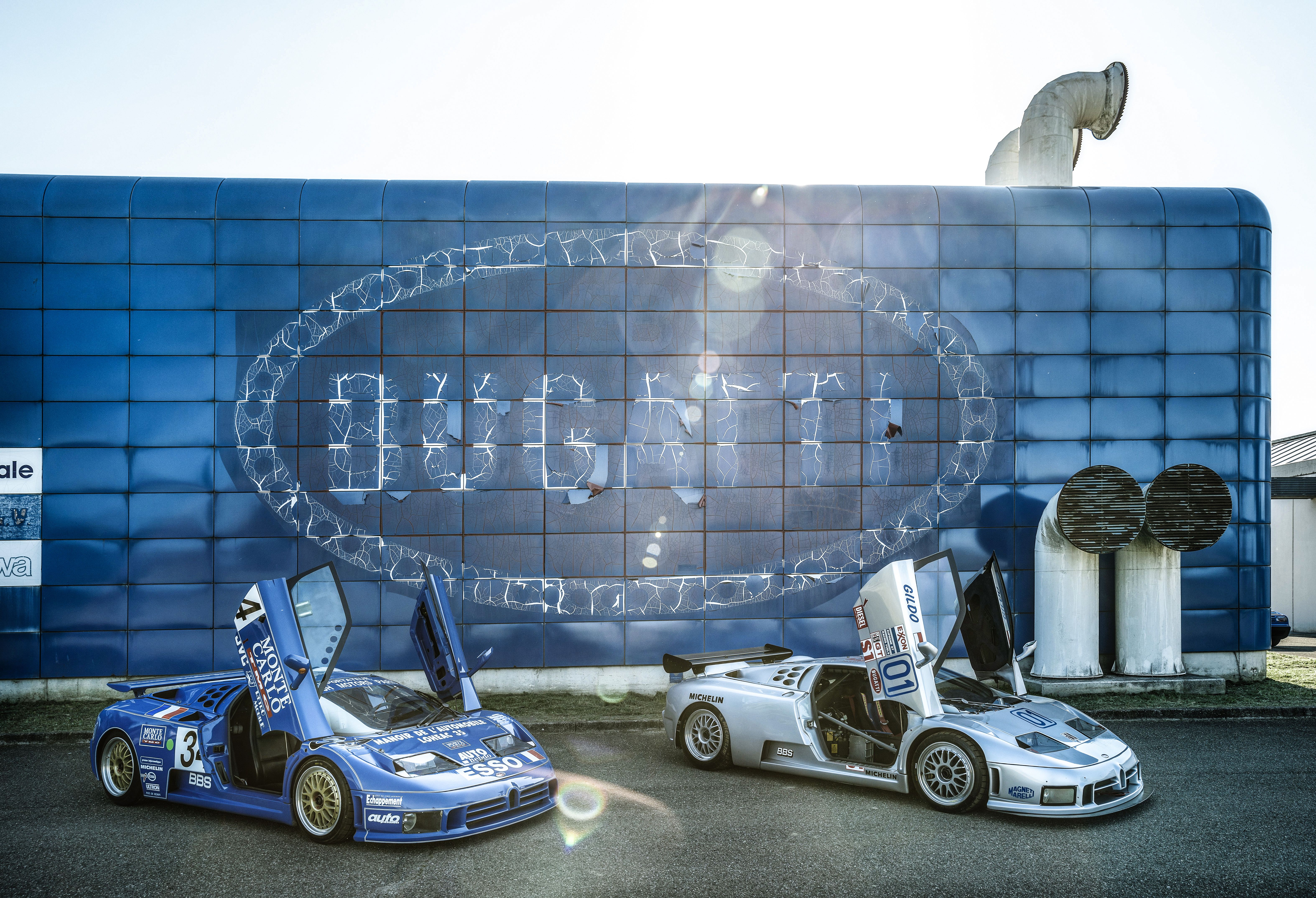
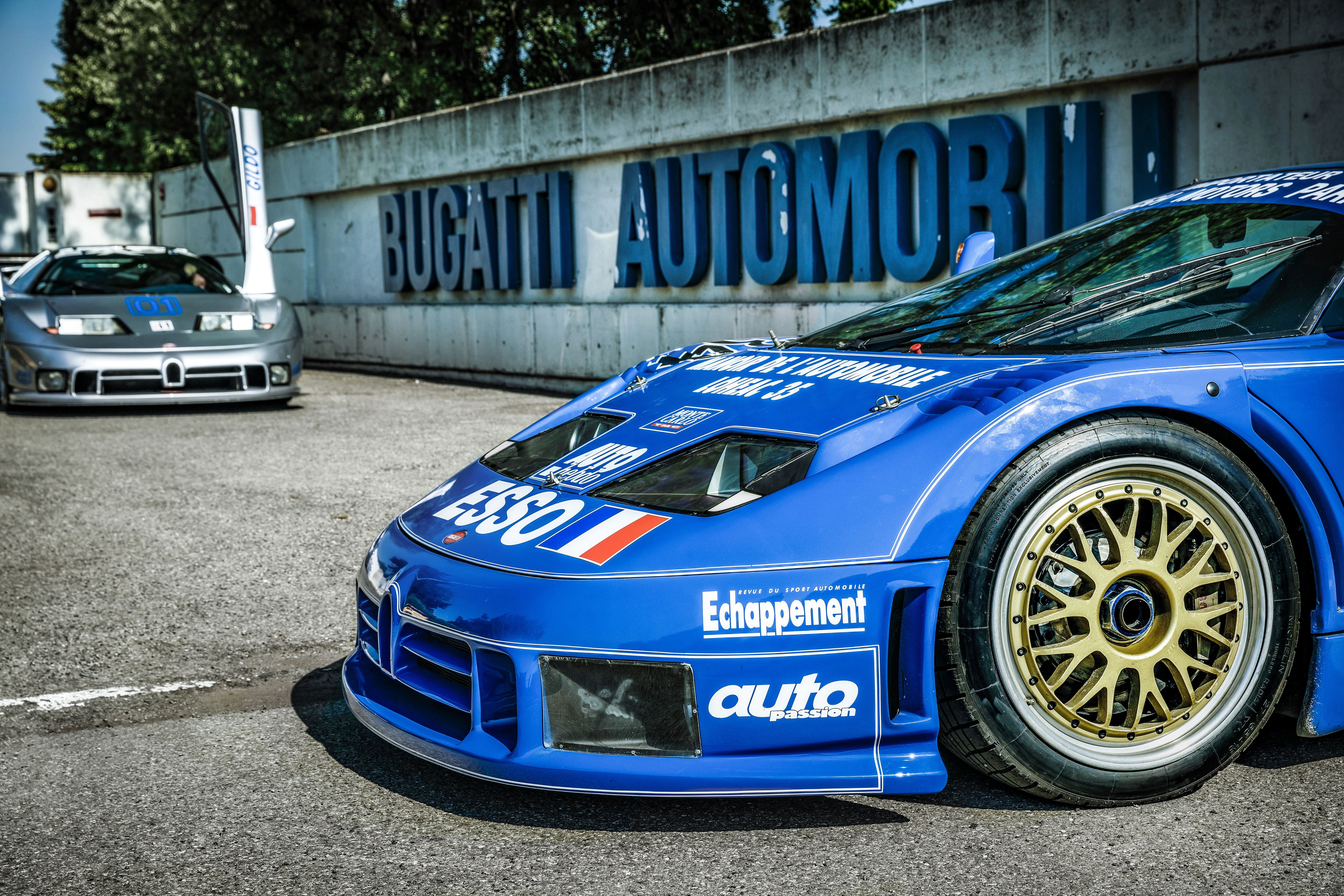
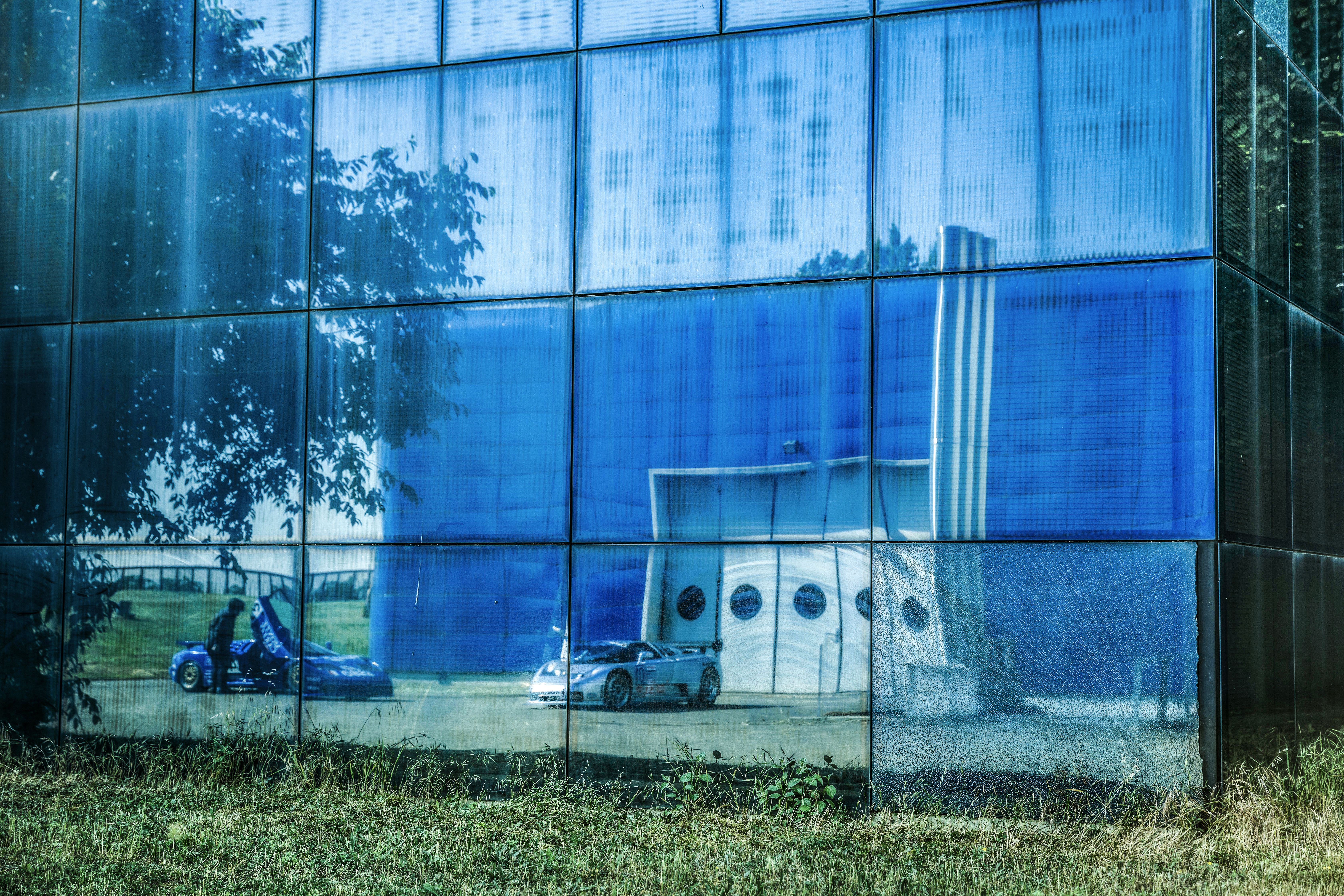
- Make: Array
- Model: 2021 Bugatti EB110 - A Great Car That Didn't Get The Credit It Deserved
- Engine/Motor: L-Twin
- [do not use] Vehicle Model: Array
Bugatti EB110 - A Great Car That Didn't Get The Credit It Deserved


















































- Make: Array
- Model: Bugatti EB110 - A Great Car That Didn't Get The Credit It Deserved
- Engine/Motor: L-Twin
Development started in the 1980s

The Bugatti EB110 development started in 1987. At that time, the engine and chassis were already in development, by some of the people who also worked on the Lamborghini Miura. The team was comprised of Tiziano Benedetti, Achille Bevini, and Oliviero Pedrazzi, who went to establish their own company – Technostille.
A few legendary designers worked on the EB110 design

Copies of the chassis were handed to a few design studios, in order for them to propose a styling for the car’s body. Among the approached designers were Giugiarro Gorgetto, Nuccio Bertone, Marcello Gandini, and Martin Paolo. In 1989, the latter presented his Bugatti EB110 PM1 concept drawing. Bertone also offered a design for the mid-engine supercar that was prepared by Marc Deschamps, but that never got through. Instead, at the 1990 Turin Car Show, a Giugiaro-designed Bugatti ID90 concept was shown. However, things were already decided, one year prior, as it was actually Gandini’s design that made it to the initial prototype vehicles, which started tests in 1989.
It was the only production Bugatti under Romano Artioli

There is a common misconception that Bugatti is an Italian brand. In reality, Ettore Bugatti was an Italian entrepreneur, born in Italy. He would later move to France, where he would build luxury cars. In 1987, a fellow Italian - Romano Artioli - took over, after the brand name was owned by Hispano Suiza for 24 years. Artioli did not waste time, as the development of the EB110 started the same year. In 1998, Bugatti was bought by Volkswagen Group, after going bankrupt. Between 1987 and 1998, the only production model of the brand was the EB110.
It’s one of the rarest 1990s supercars

The Bugatti EB110 was produced between 1991 and 1995. The numbers vary, depending on the sources, but it is believed that the EB110 had a total production run of 139 cars. Some people suggest an even lower number, but it is believed that the majority of cars were EB110 GT and 30 of the 139 cars were the more powerful EB110 SS (Super Sport) version, which was introduced one year later – in 1992.
The Bugatti EB110 used two different chassis types

While the development prototypes had an aluminum honeycomb chassis, it was found that they had significantly lost their torsion rigidity, just after 30,000 km of testing. It was also believed that the aluminum chassis prototypes had a dry weight of over 4,100 pounds (1,850 kg). A brand new carbon-fiber chassis was developed for the EB110. As a result, the EB110 GT had a curb weight of 3,571 pounds (1,620 kg). In the meantime, the EB110 SS was significantly lighter, tipping the scales at 3,126 pounds (1,418 kg). This was also due to the fact, the EB110 SS body was made entirely out of carbon fiber, as opposed to the GT, which was mostly made of aluminum. Initially, the car had a 40:60 torque distribution between the two axles. However, this produced some undesirable understeer, so at the end, torque distribution was set to 27:73.
It was the fastest production car, before the McLaren F1

The 1990s gave us a lot of speed record holders. It started with the Jaguar XJ220, which managed a 217 mph (349 km/h).
It boasted impressive numbers of the time

Regardless of the version, the Bugatti EB110 was always powered by a 3.5-liter quad-IHI-turbo 60-degree V-12 with five valves per cylinder, mated to a six-speed manual. In the EB110 GT, the unit produced 553 horsepower (412 kW) at 8,000 RPM and 451 pound-feet (611 Nm). This allowed the supercar to make the 0 to 60 mph (97 km/h) sprint in 3.5 seconds, on its way to 213 mph (342 km/h).
The EB110 SS took these numbers up to 603 horsepower (450 kW) at 8,250 RPM and 479 pound-feet (650 Nm). This means a 0 to 60 mph (97 km/h) time of 3.26 seconds, on its way to 221 mph (355 km/h). There was also a slightly less powerful US-spec version of the EB110 SS, which was in the making, but it never got crash-tested, in order to be sold in the US. That produced 591 horsepower (441 kW) and 462 pound-feet (626 Nm), allowing for a sprint to 60 mph in 3.4 seconds and a top speed of 214 mph (345 km/h).

Bugatti EB 110 specifications
|
Engine |
3.5-liter quad-IHI-turbo 60-degree V-12 |
3.5-liter quad-IHI-turbo 60-degree V-12 |
3.5-liter quad-IHI-turbo 60-degree V-12 |
|---|---|---|---|
|
Horsepower |
553 HP @ 8,000 RPM |
603 HP @ 8,250 RPM |
591 HP |
|
Torque |
451 LB-FT |
479 LB-FT |
462 LB-FT |
|
0 to 60 mph |
3.5 seconds |
3.26 seconds |
3.4 seconds |
|
Top Speed |
213 mph |
221 mph |
214 mph |
It was the car that led the company to bankruptcy

Okay, it wasn’t exactly the car, but Artioli’s “Money is no object” approach to the project. He built an expensive top-of-the-line production plant, which cost tens of millions. Essentially, it was a factory that looked like an expensive Italian restaurant. The factory started functioning in 1990, around the end of the EB110’s development cycle. Artioli had hired the best team he could possibly hire. The total number of Bugatti employees at the time was around 220. As it turned out, money was, in fact, an object. The company went bankrupt right after the production of Bugatti EB110 finished. However, Artioli prioritized his employees and paid their salaries, until the very end.
The EB110 commemorated Ettore Bugatti

The name EB110 was not randomly chosen. Ettore Bugatti (EB) – the original founder of the company was born in 1881. The Bugatti EB110 came out in 1991 – exactly 110 years after Ettore Bugatti was born. The car was built to celebrate the founder’s 110th anniversary. The founder himself passed away in 1947, at the age of 66.
The EB110 had active aero

Active aero only became a thing on-road cars around the 2000s. By that time, the only most notable cars to feature active aero were the Porsche 959, Toyota A80 Supra, and Mitsubishi 3000 GT/GTO. That said, the Bugatti EB110 was the first mid-engine supercar to feature active aero – more specifically a retractable spoiler. This, however, was only on the EB110 GT, as the lighter and more powerful EB110 SS had a fixed-wing.
The rims were inspired by pre-war Bugatti models
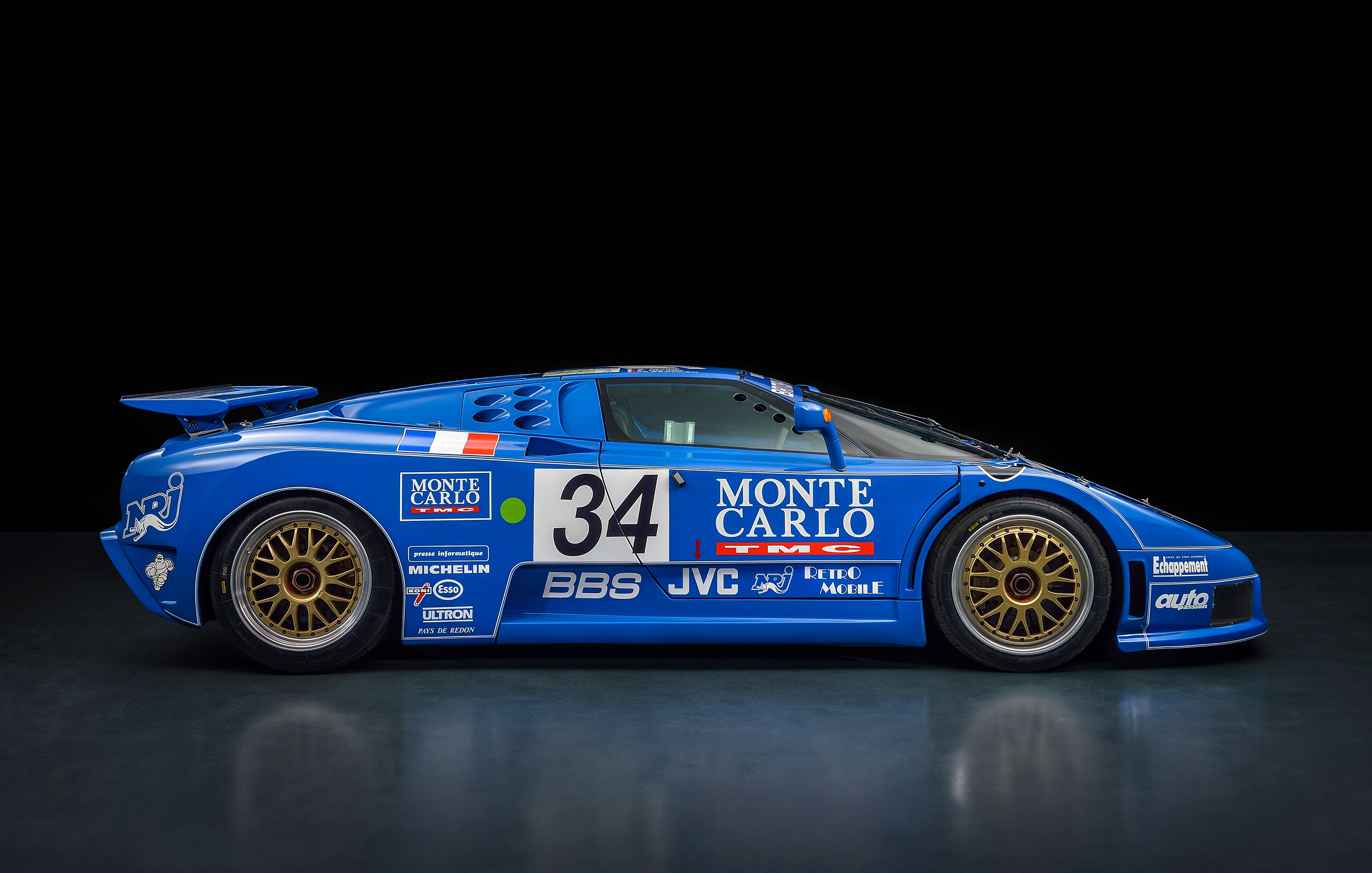
Regardless of whether it’s the Bugatti EB110 GT or the EB110 SS, the car always came with forged magnesium wheels made by BBS. The EB110 GT wheels feature a multi-spoke design, inspired by 1930s Grand Prix racecars, whereas the EB110 SS wheels look like a reinterpretation of the Bugatti Type 54 and Type 35 wheel design. Surprisingly, they are one of the more affordable parts for the car, as a set of GT wheels can be found for €8,000 - €12,000 ($9,100 - $14,100). For comparison, a set of Veyron wheels can be found for around $100,000.
A few EB110 SS cars were built by Dauer

In 1995, the car company was auctioned off. While, eventually, VW bought the rights to the Bugatti name, tuner house Dauer Sportwagen bought all the assets of the bankrupt company, including all manufactured spare parts, chassis, and cars that were already on the assembly and with VIN numbers.
All of a sudden, EB110 owners didn’t have to worry about finding spare parts. At the same time, Dauer completed the assembly of all remaining cars that were never finished. But Dauer went further than that. The tuner built five all-carbon-fiber cars, based on the EB110 SS. The cars featured many optimizations, as according to Jochen Dauer “The EB110 was basically a great car, but needed some more developmental work”. The five Dauer EB110 SS cars did away with all the aluminum bits, instead opting for a full-carbon-fiber body and chassis.

Engine-wise, Dauer cars featured a couple of upgrades. Each Dauer EB110 SS had a blueprinted block for improved gas flow, thus bringing the power figure up to 645 horsepower (481 kW). Further upgrades included an ECU tune and a sport REMUS exhaust, which resulted in 705 horsepower (526 kW). With these upgrades, the car hit 60 mph (100 km/h) in the same 3.26 seconds as the original SS. However, the top speed was now 230 mph (370 km/h). Jochen Dauer even claims an unofficial top speed of 250 mph (402 km/h) on the Autobahn, but it needed to be verified at the Nardo test track.
The specialists from Dauer also touched the interior, by upgrading to higher quality leather, applied by Italian craftsmen, and an upgraded Kenwood stereo system.

Five Dauer EB110 SS were built. All of them were finished in different colors – Bugatti Blue, Black with clear lacquer, Silver, and Dark Grey. The fifth car was a test car, used for development purposes by Dauer and featured a naked carbon-fiber body, only having the clear coat on top.
Brabus modified one EB110 SS

Brabus and Bugatti are two names you wouldn’t expect to hear in the same sentence. The German tuner is mostly known for its work on Mercedes models. However, it seems occasionally, they work on other brands as well. But there’s more weirdness going on here. The German tuner apparently decided that the 603 horsepower figure was sufficient, so they didn’t touch the engine. Instead, they decided to improve the interior. The entire cockpit and seats were wrapped in exquisite blue leather and new chrome door sills were added, featuring the Brabus logo. The only exterior change is the new quad-exhaust. The car was reportedly for sale in 2013 and went to the UK with just 12,000 km on the clock.
The price

Needless to say, the Bugatti EB110 was never a cheap car, especially considering the brand’s heritage and the car’s exclusivity. In recent times, people started realizing the value of these cars and prices have sky-rocketed. Around 2010, an EB110 was going for around $250,000. Nowadays, you have to pay at least $700,000. And if you want the rarer EB110 Super Sport, be prepared to pay upwards of $1.5 million.
